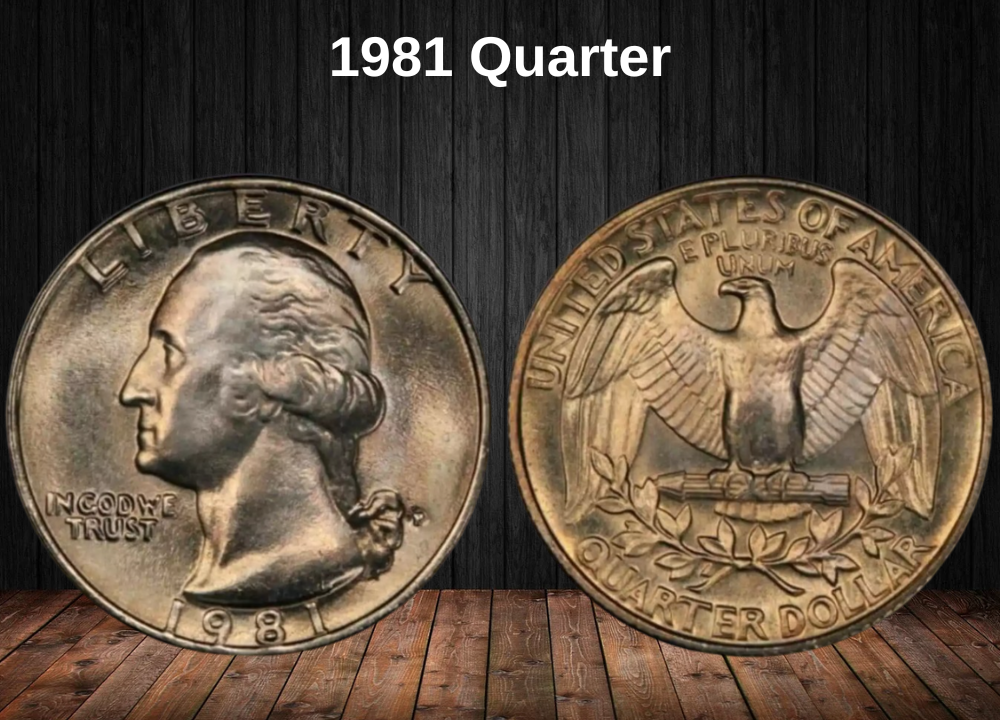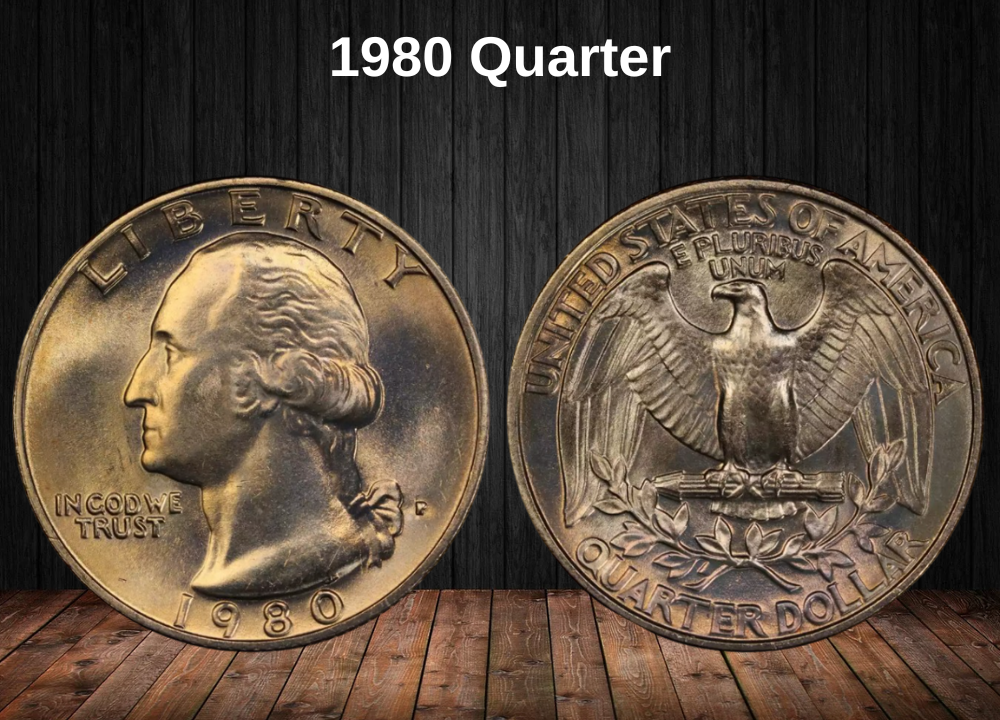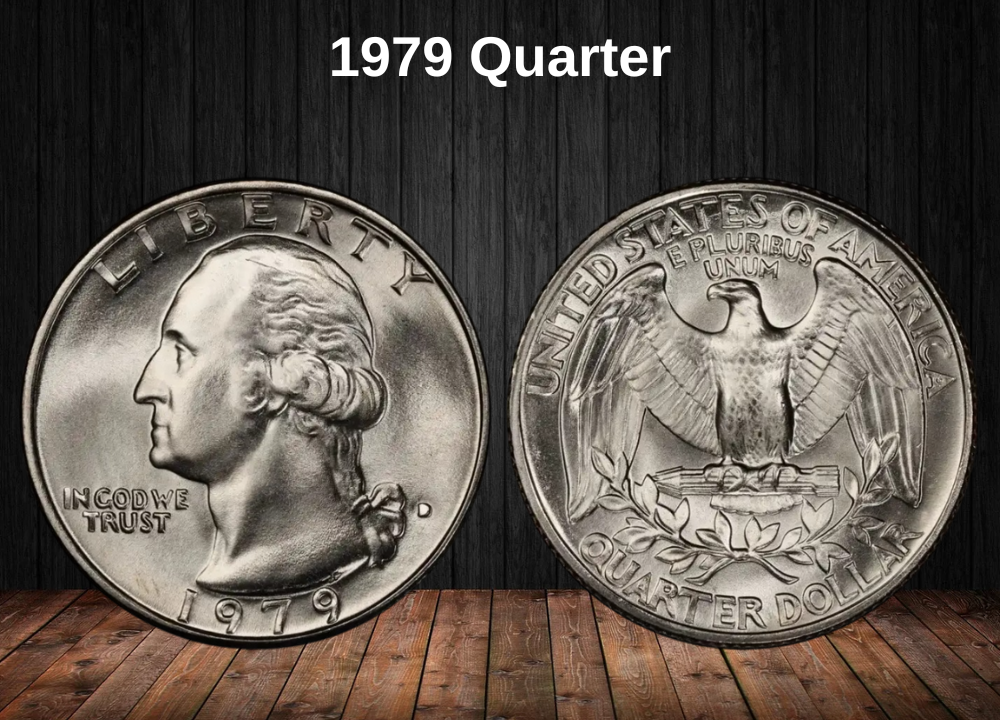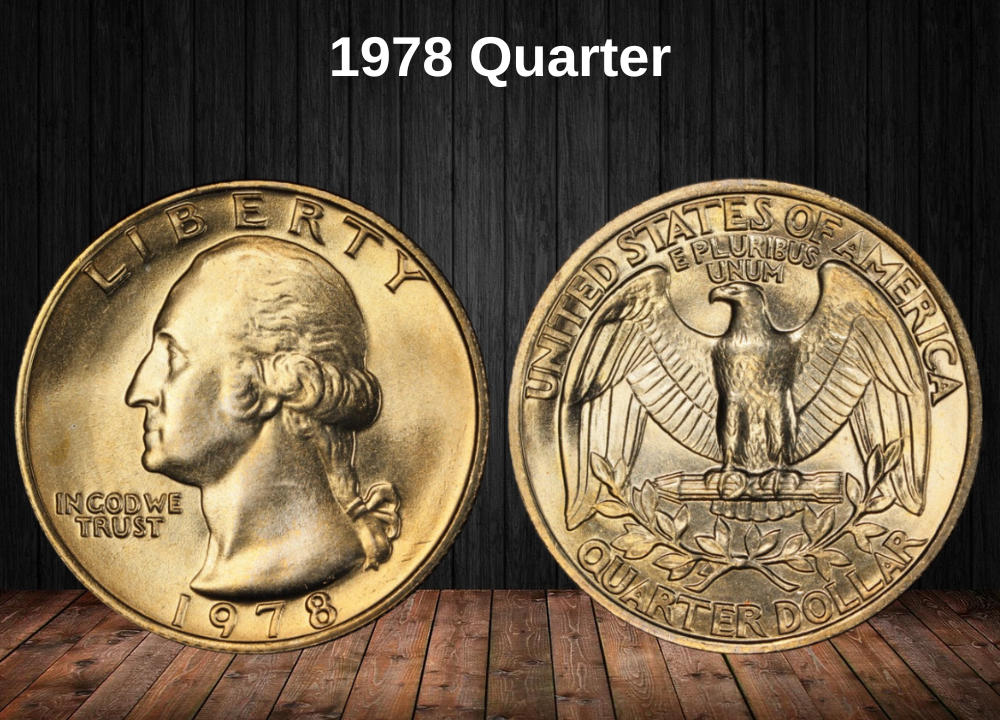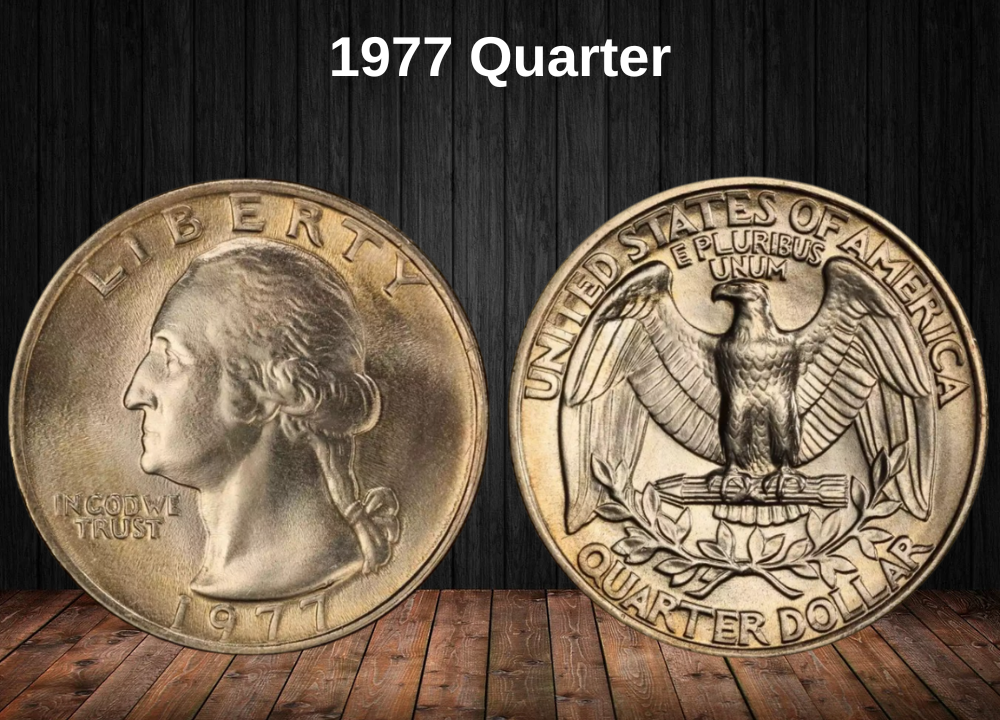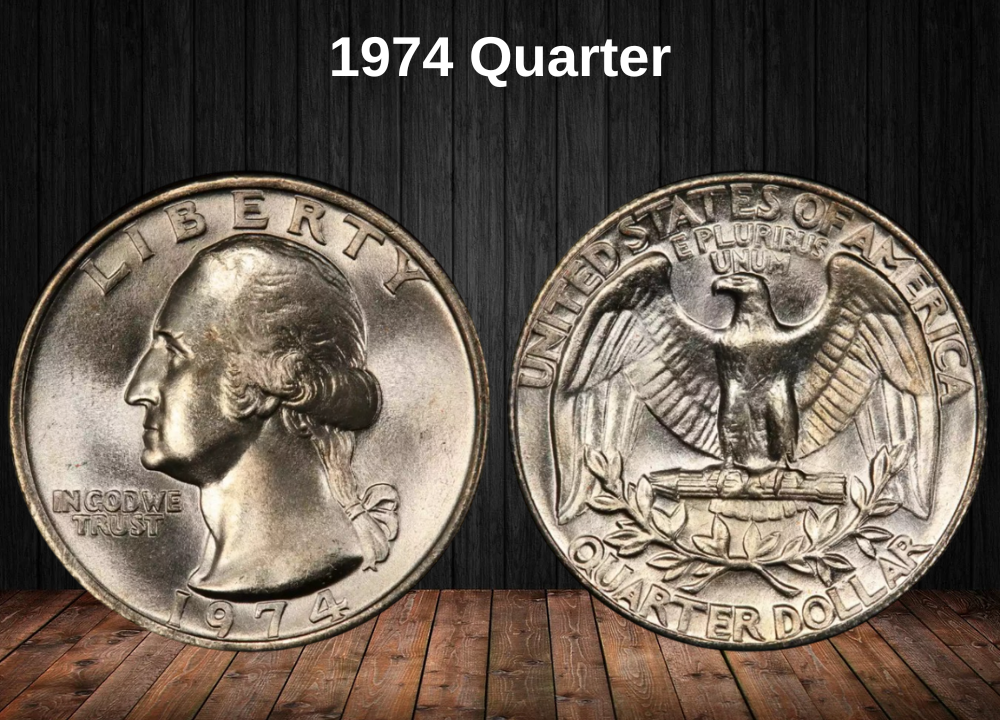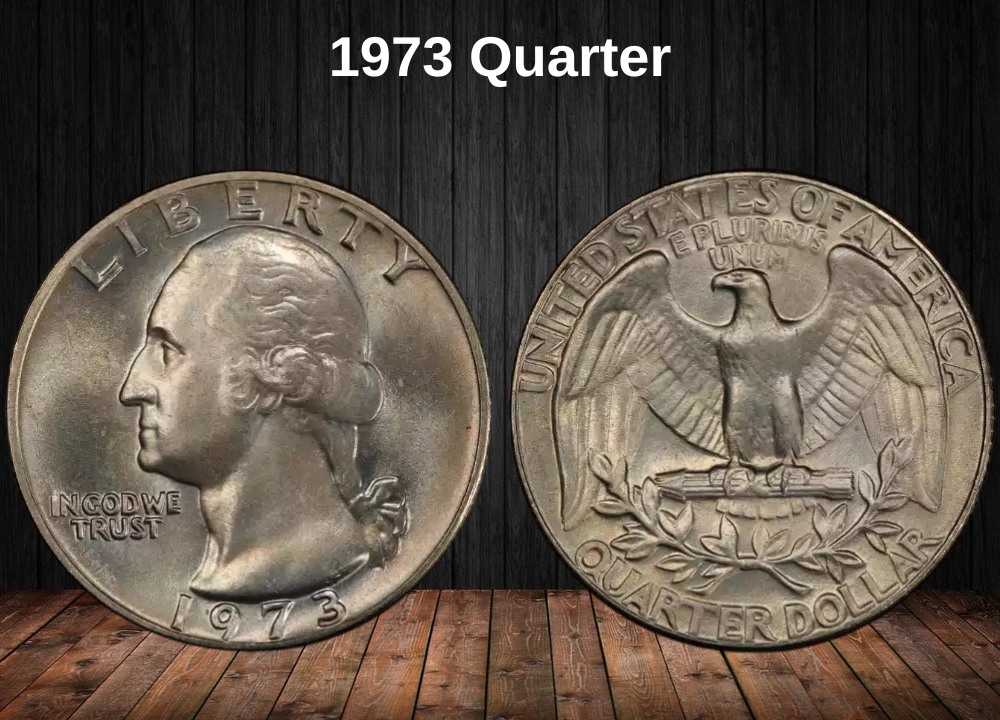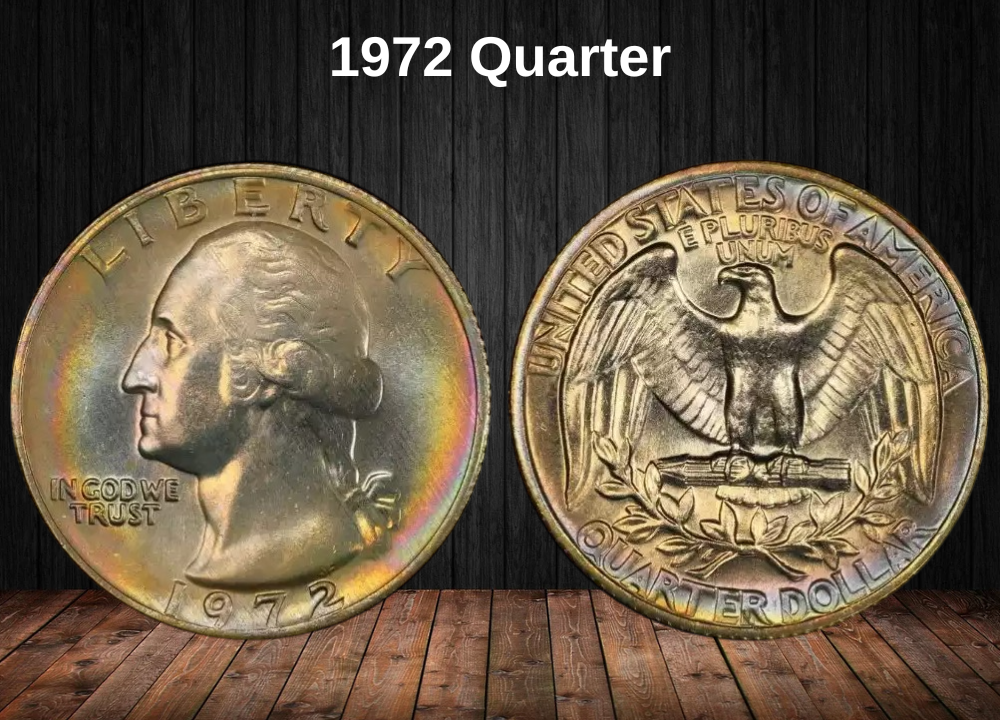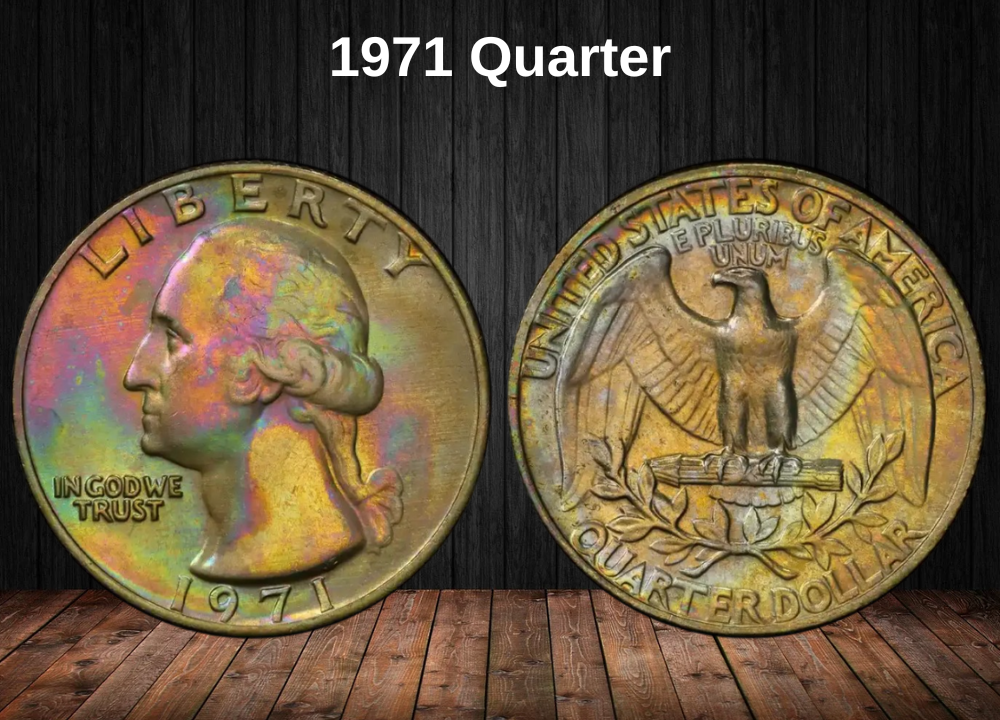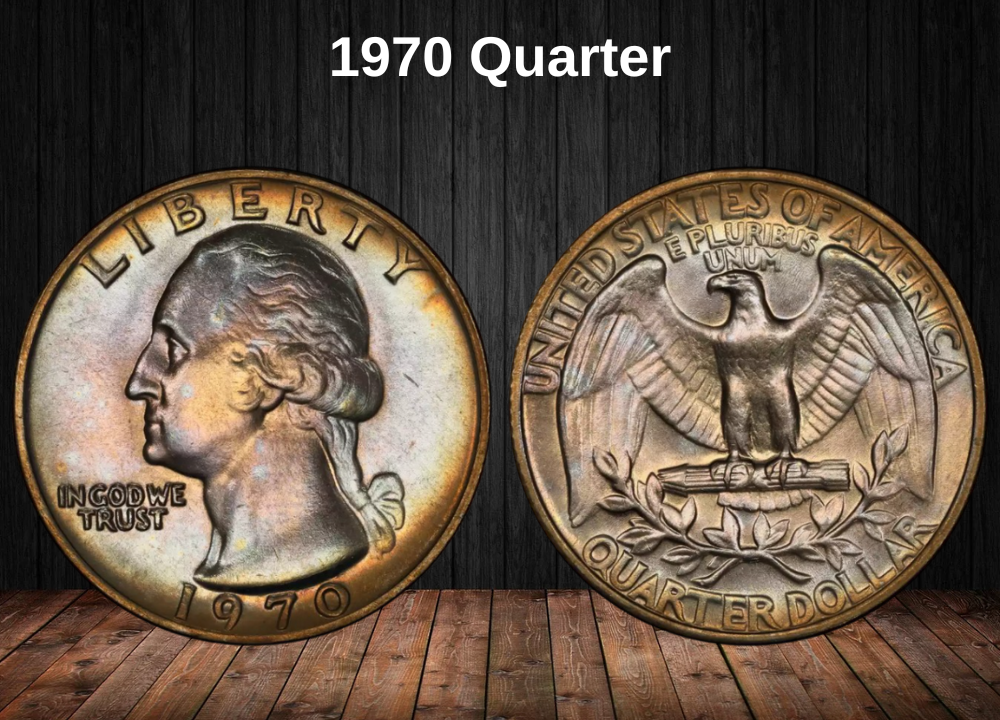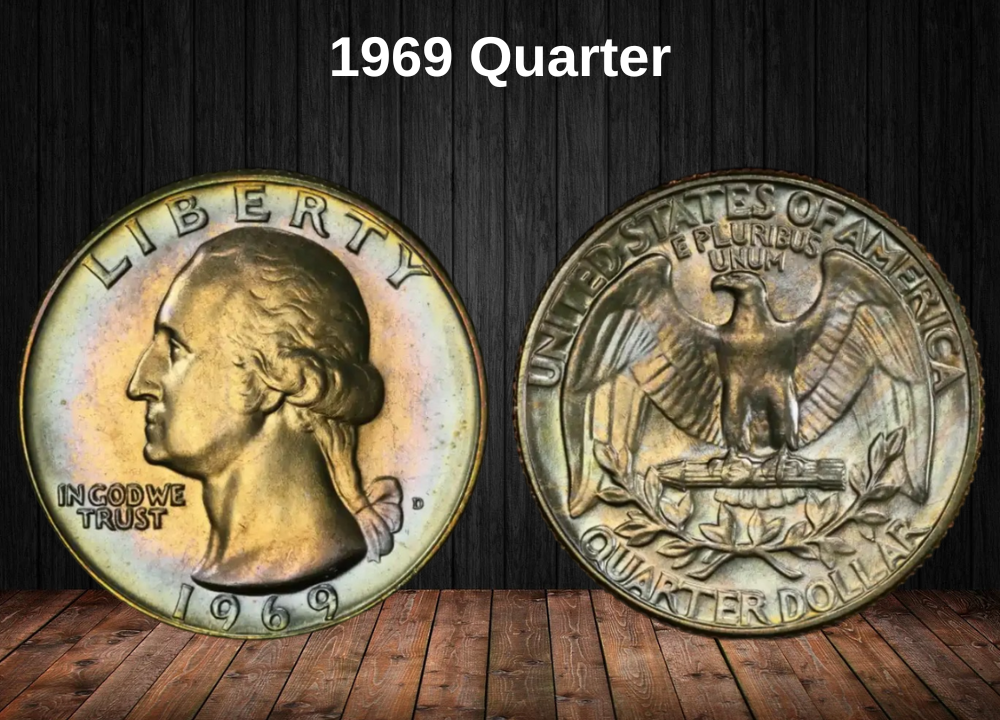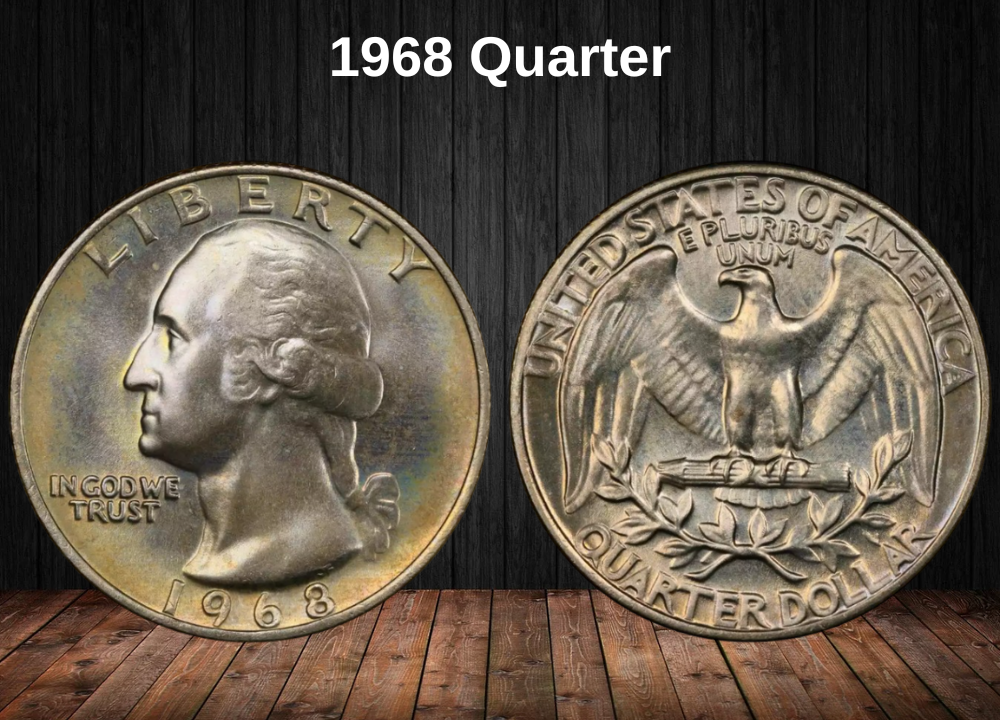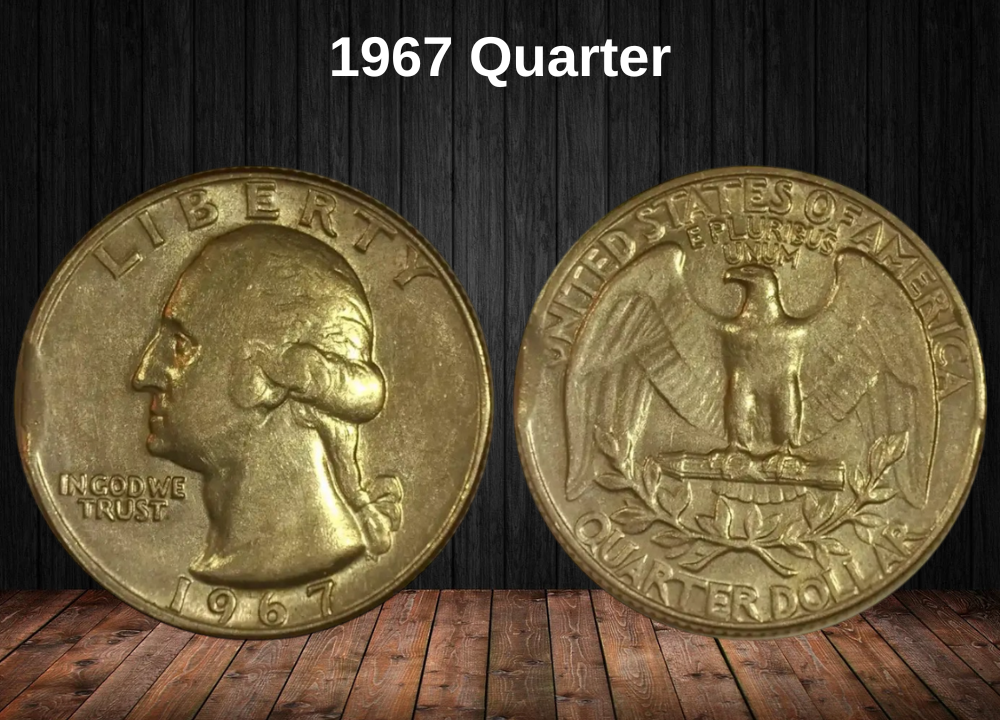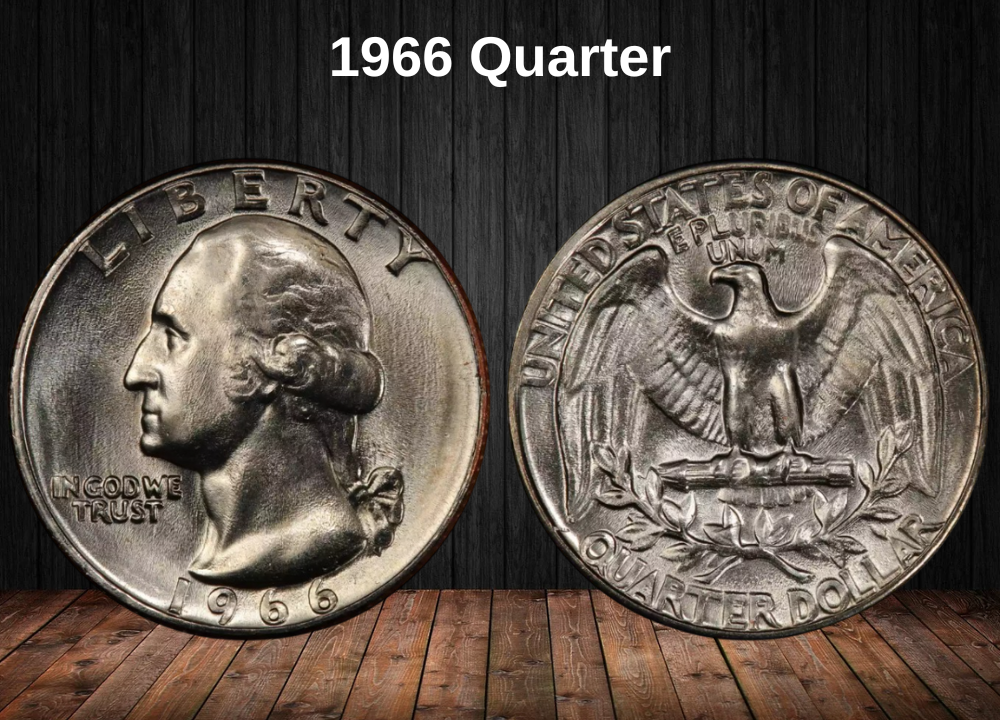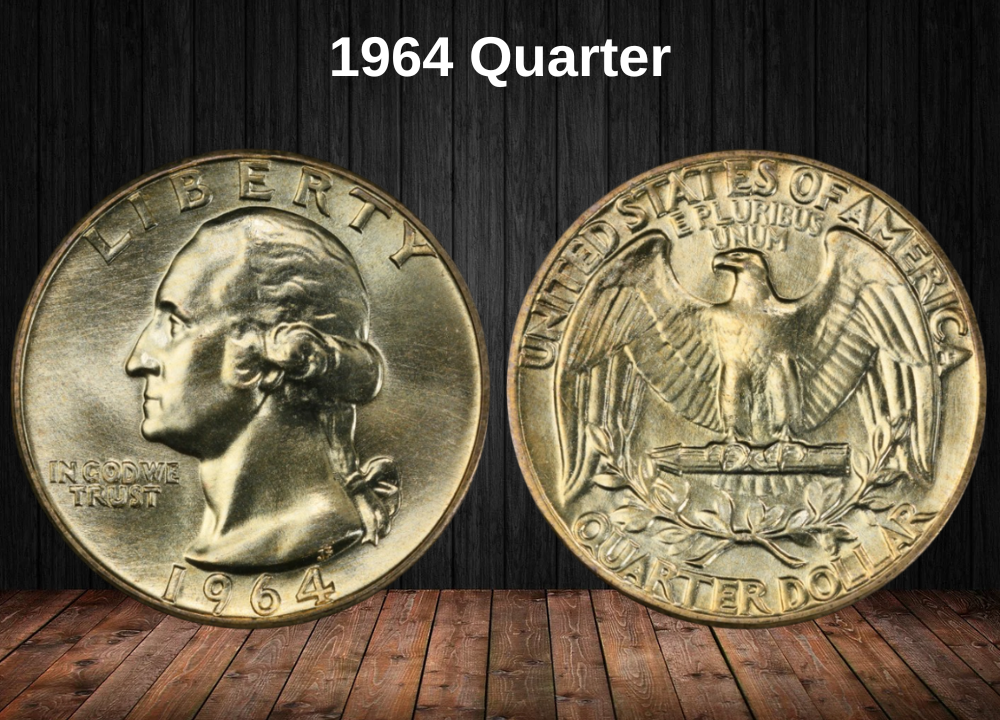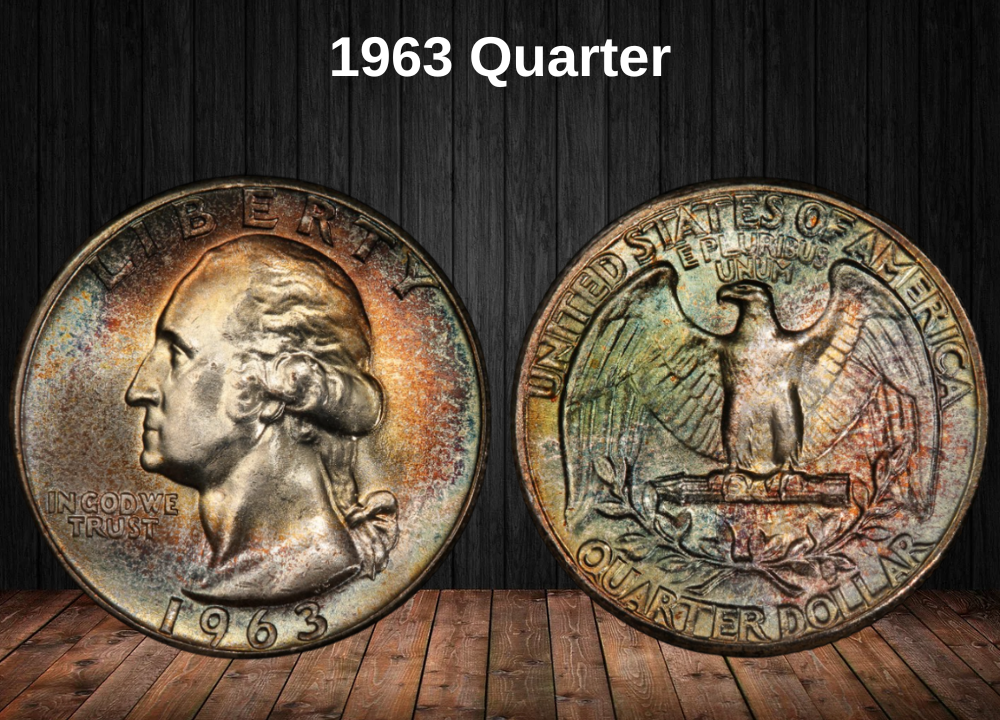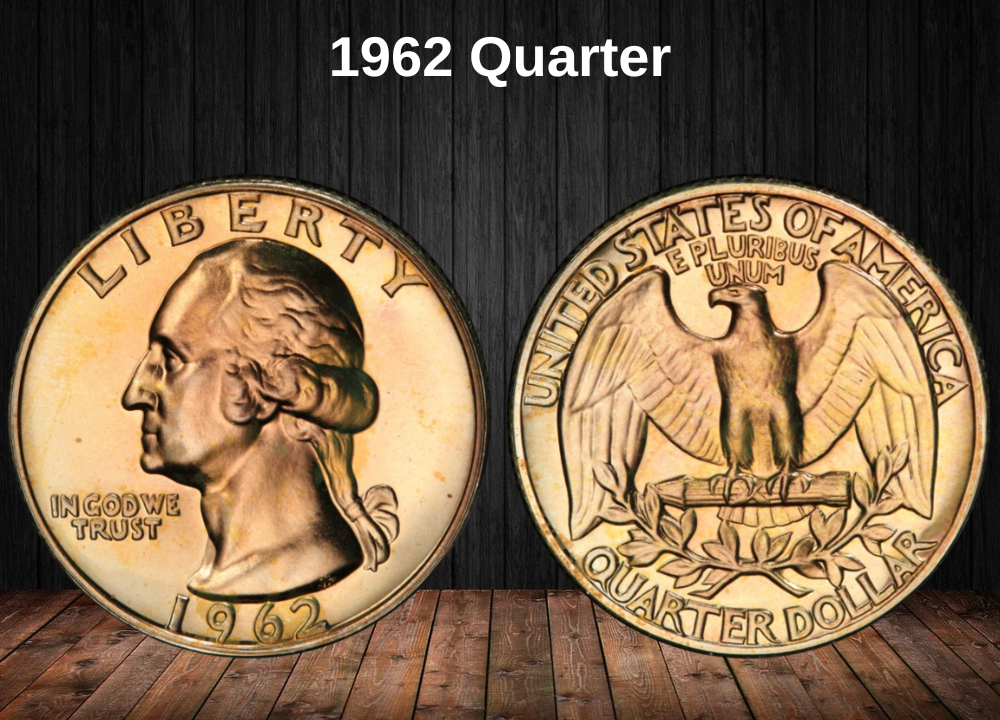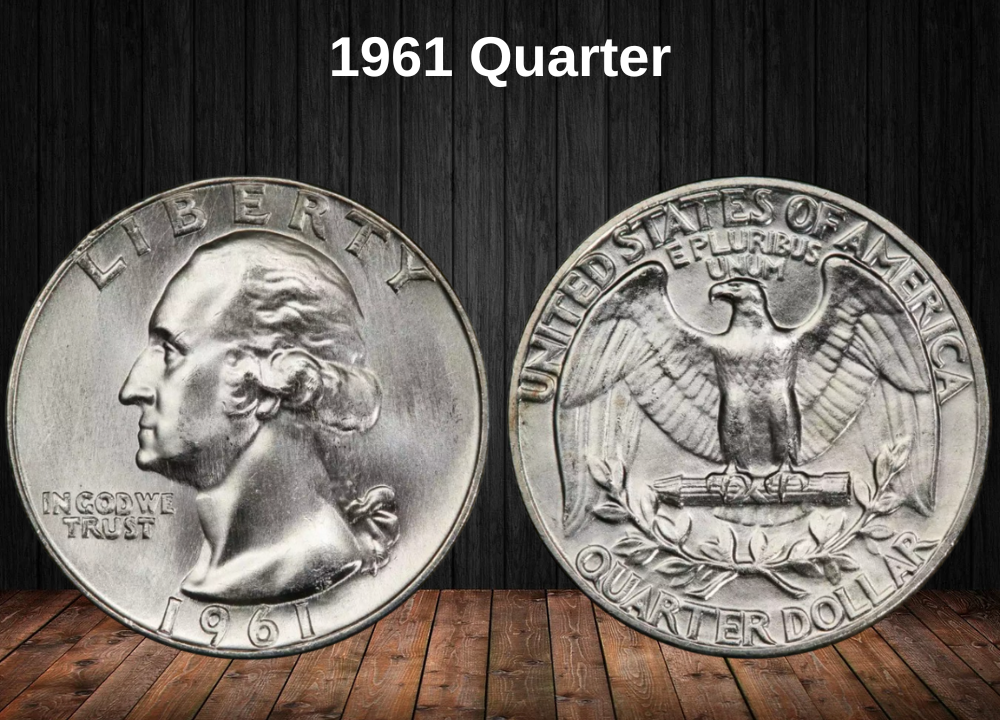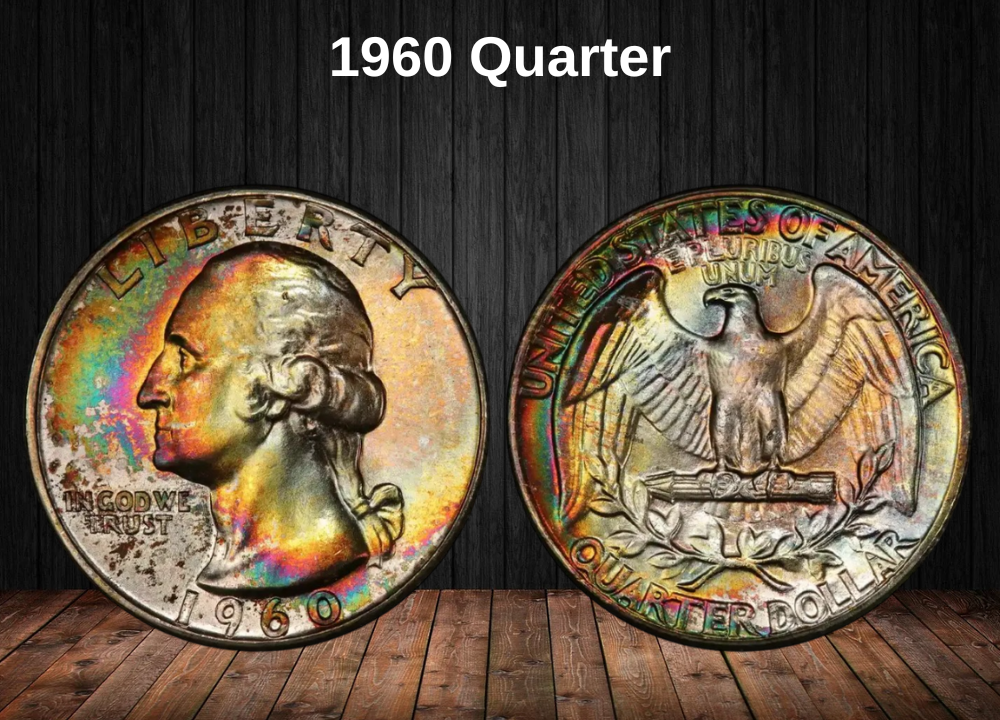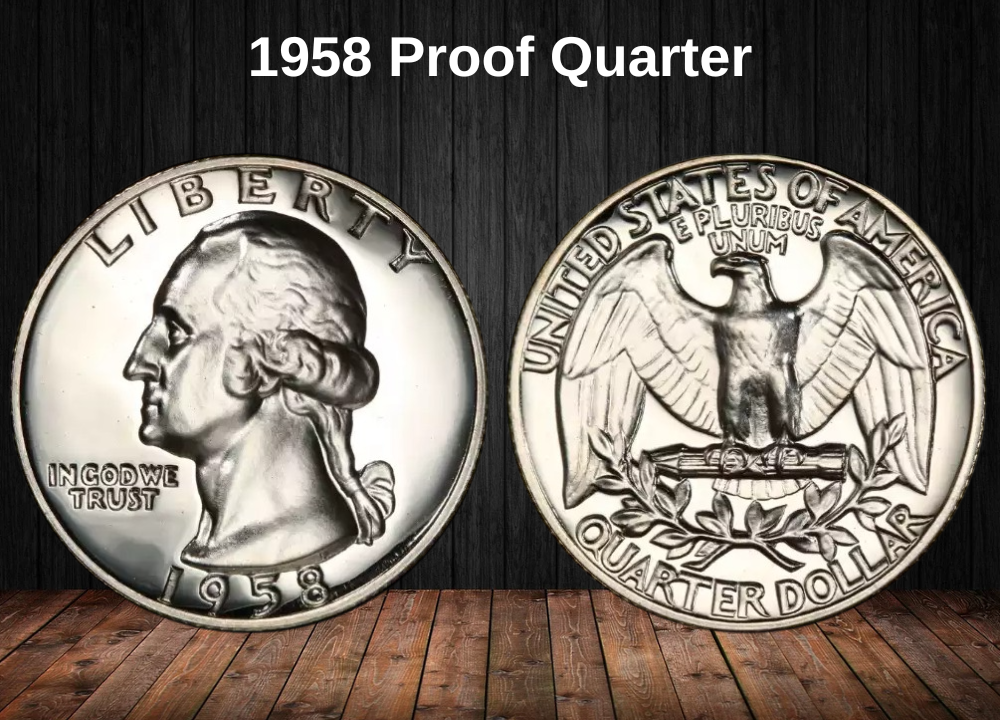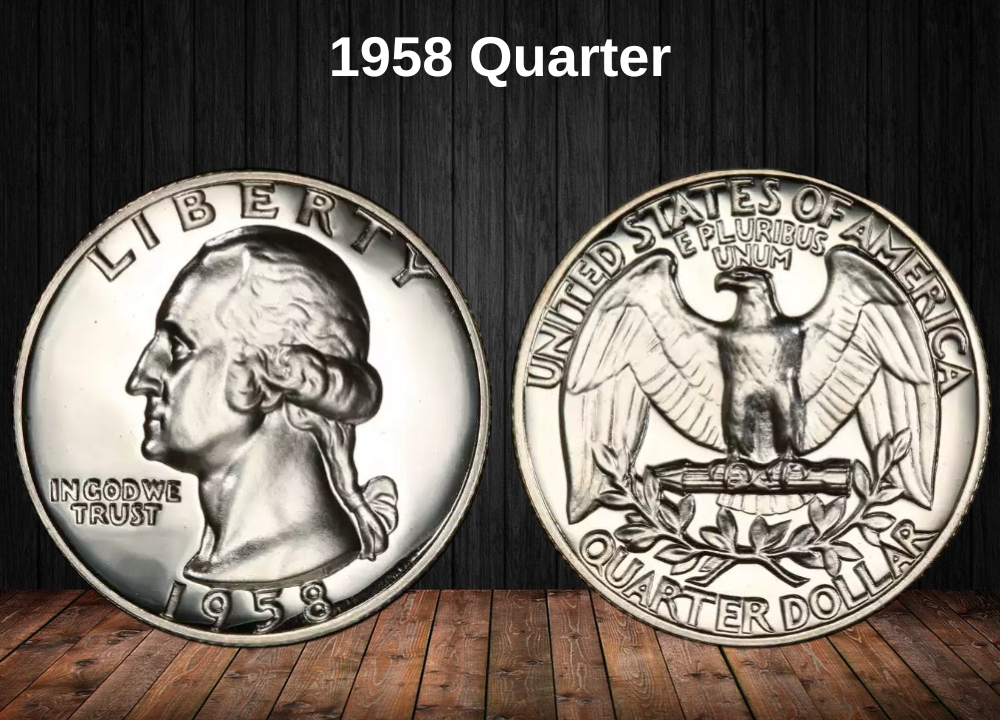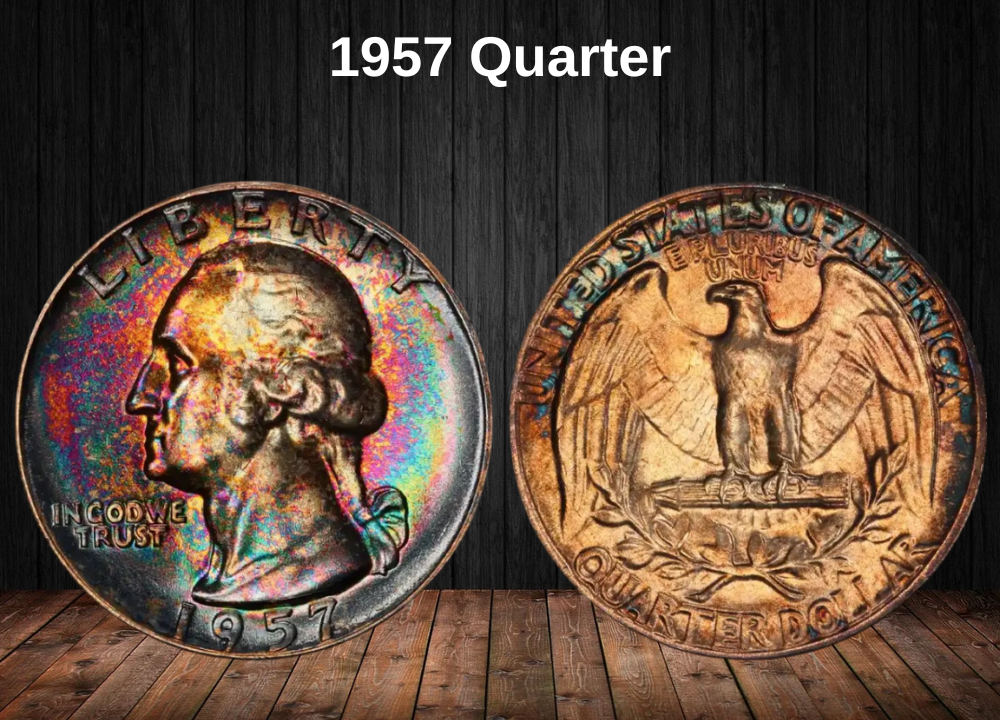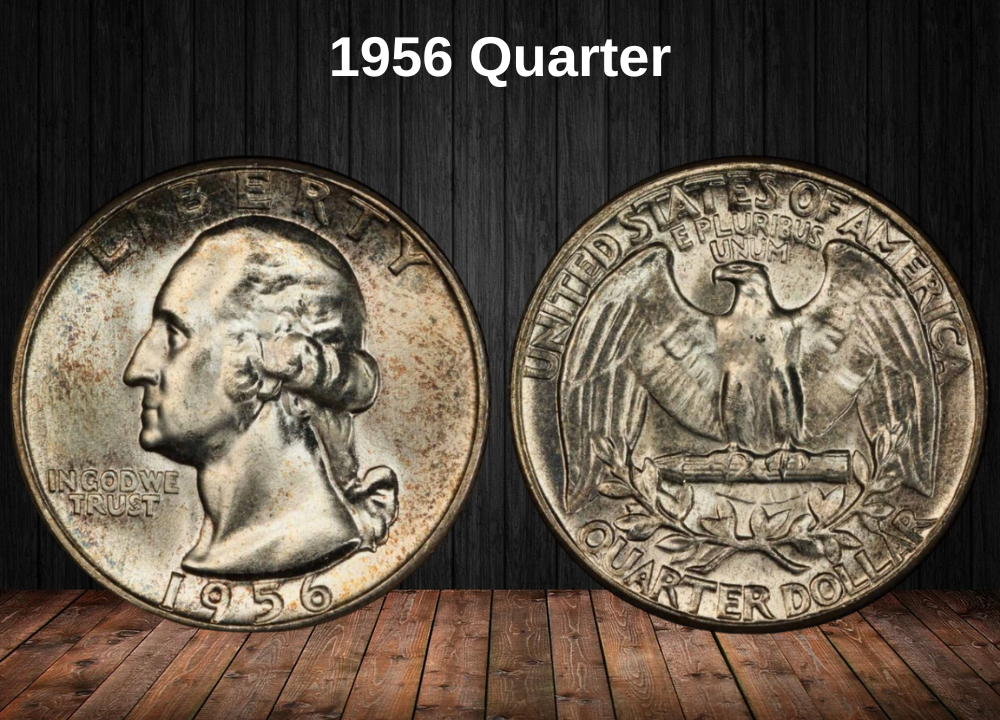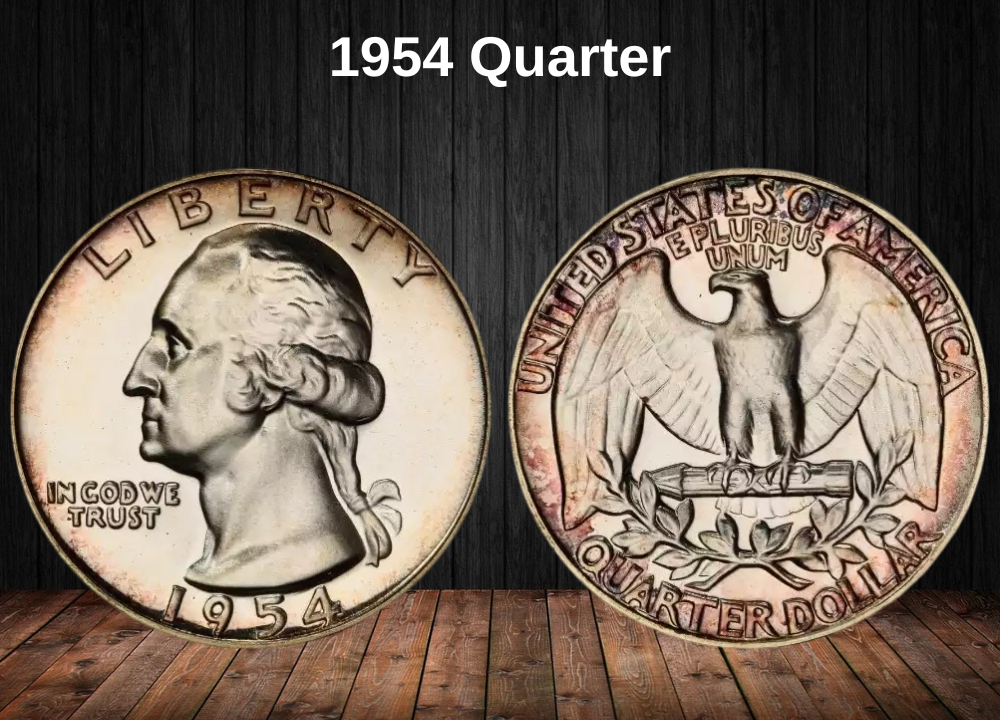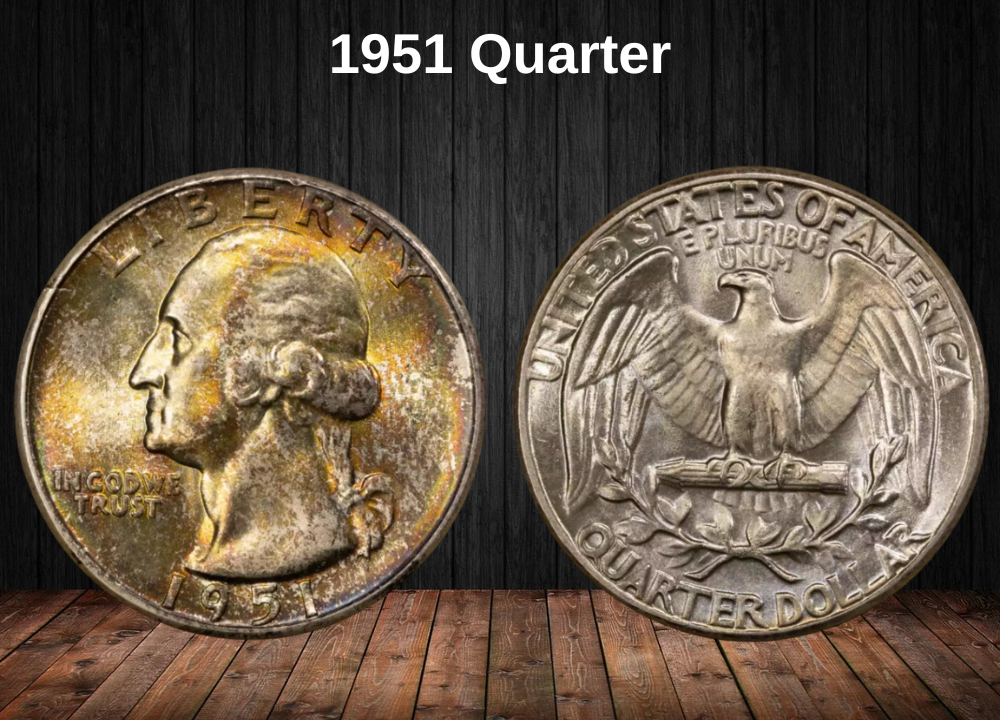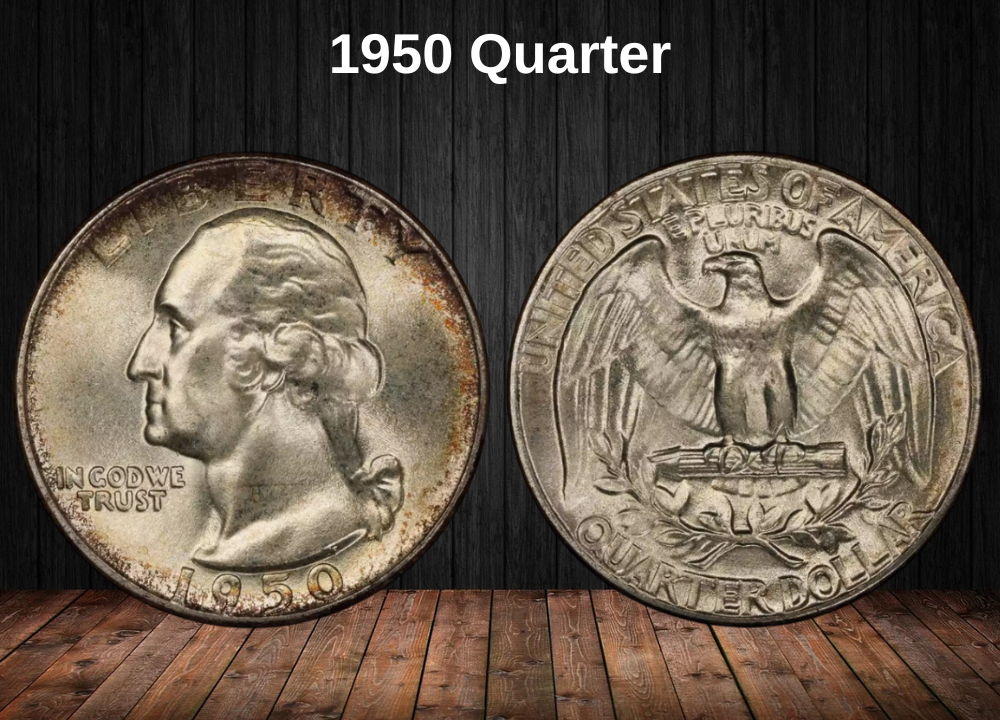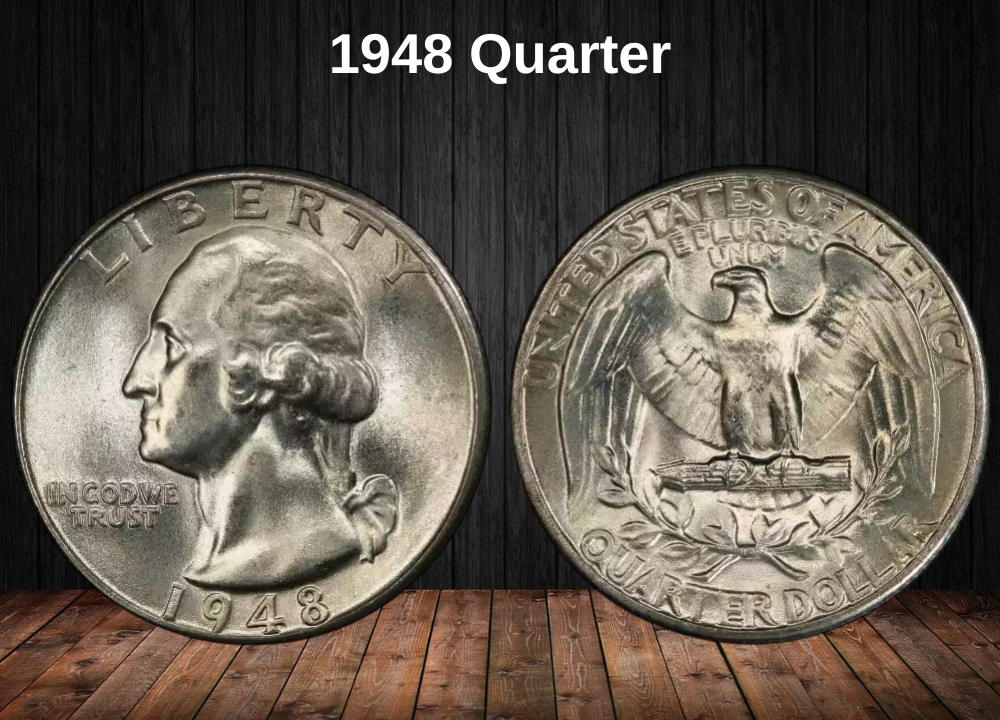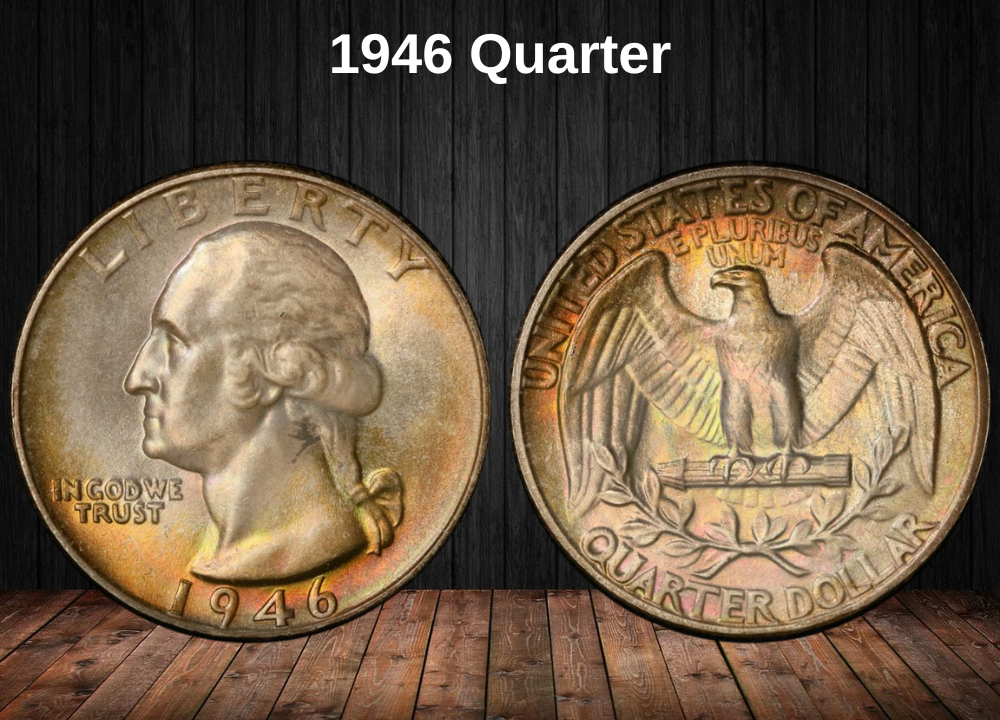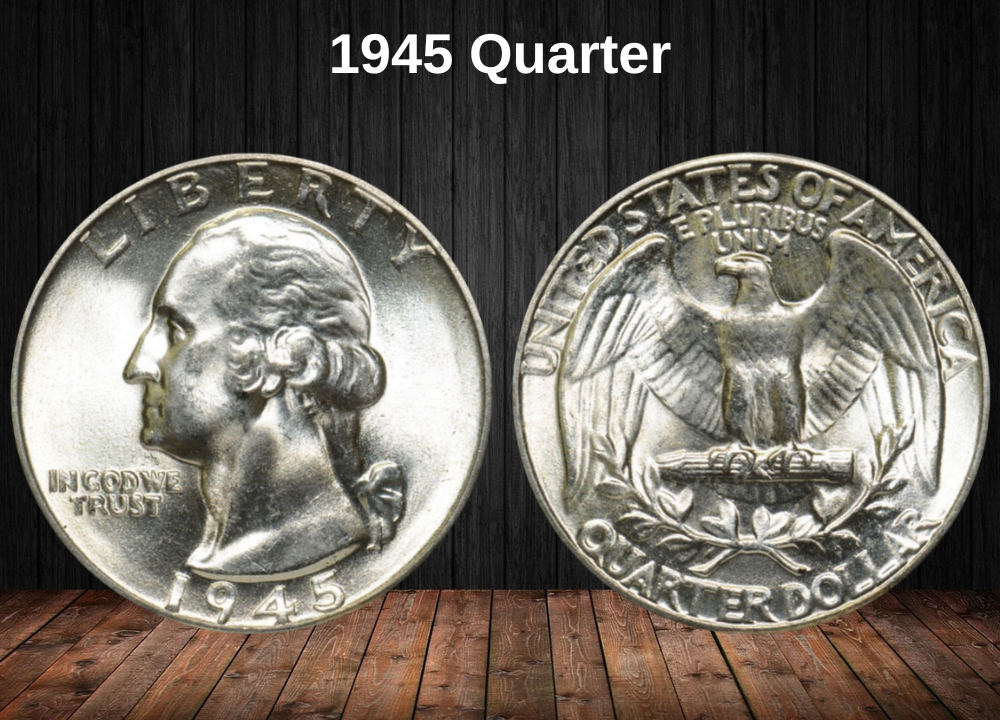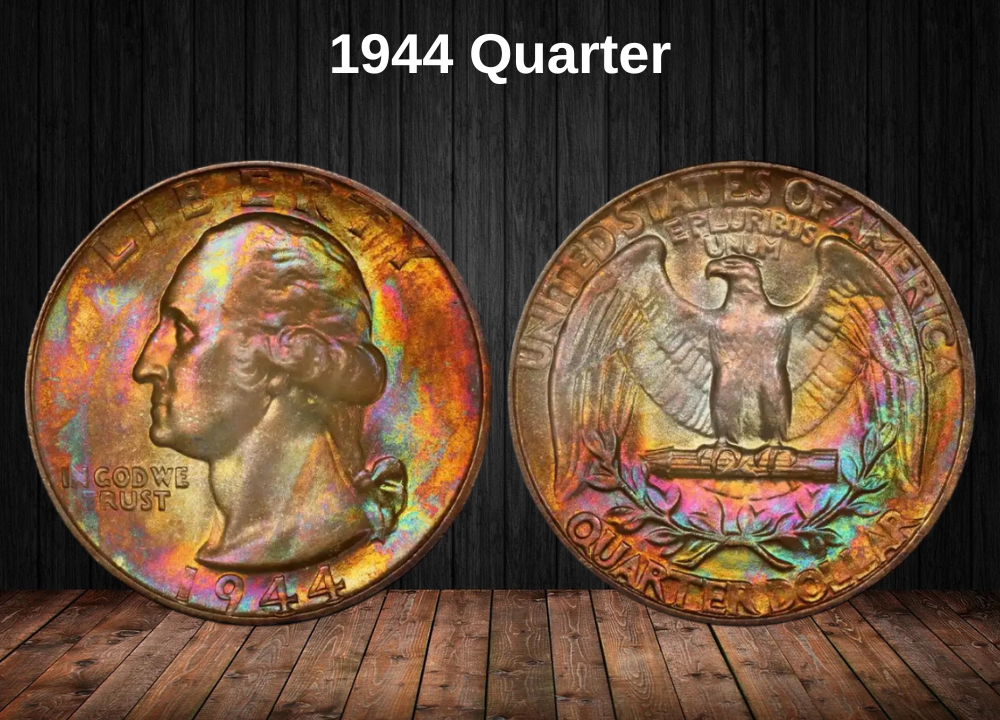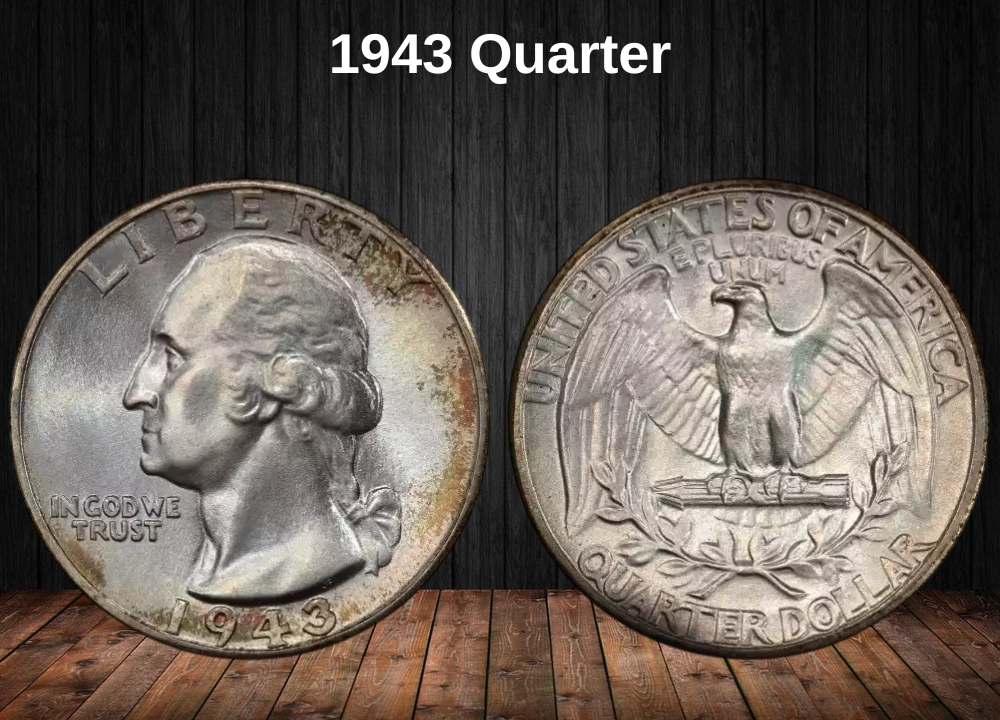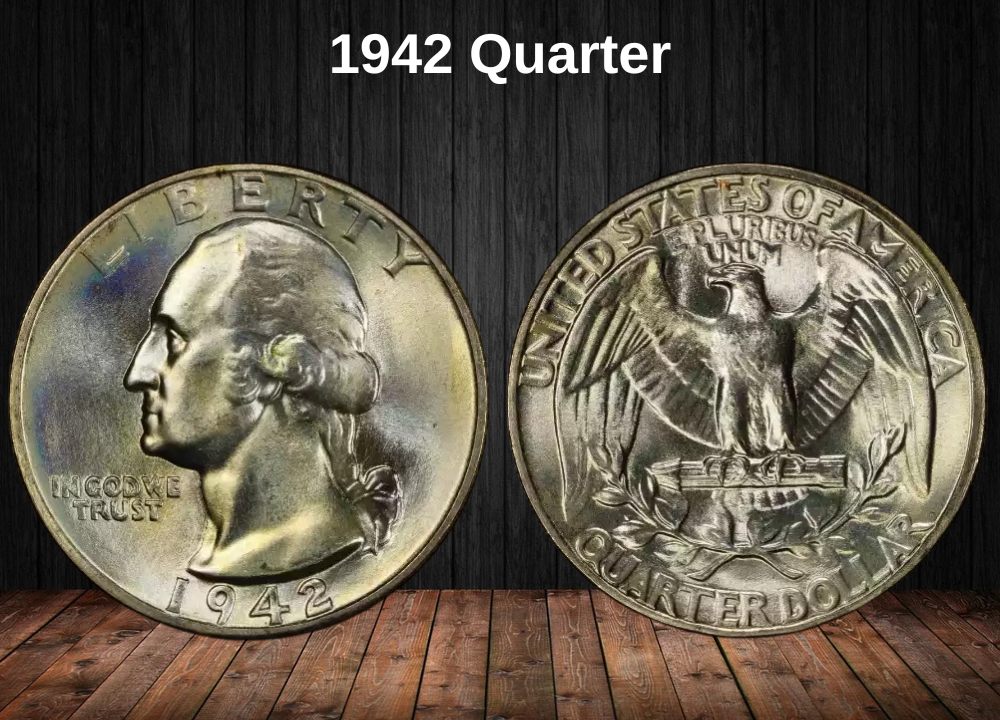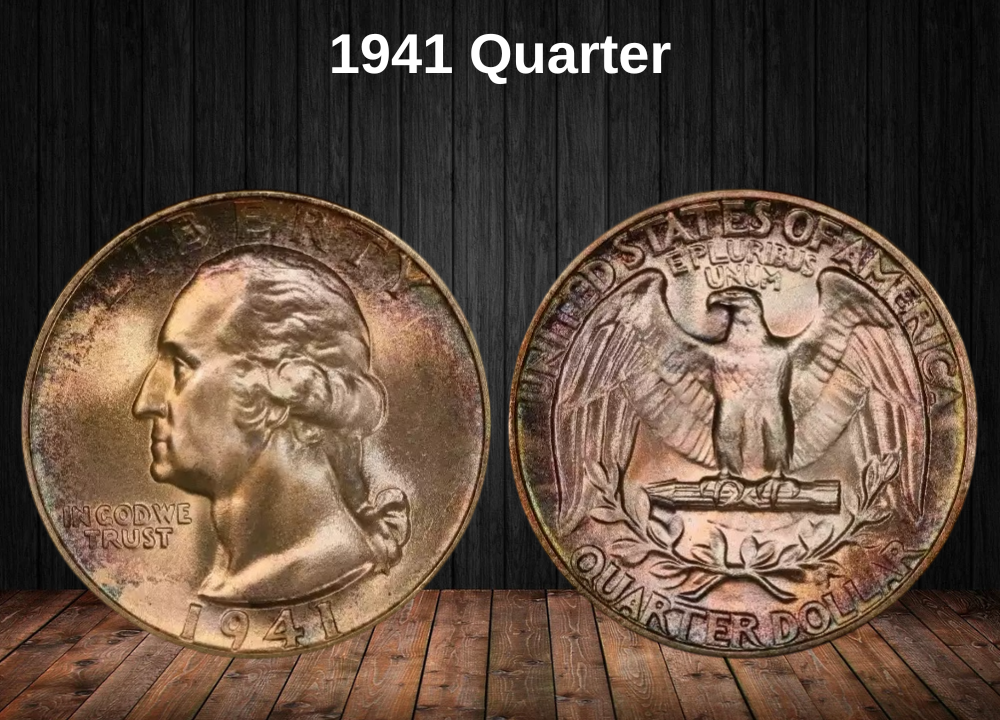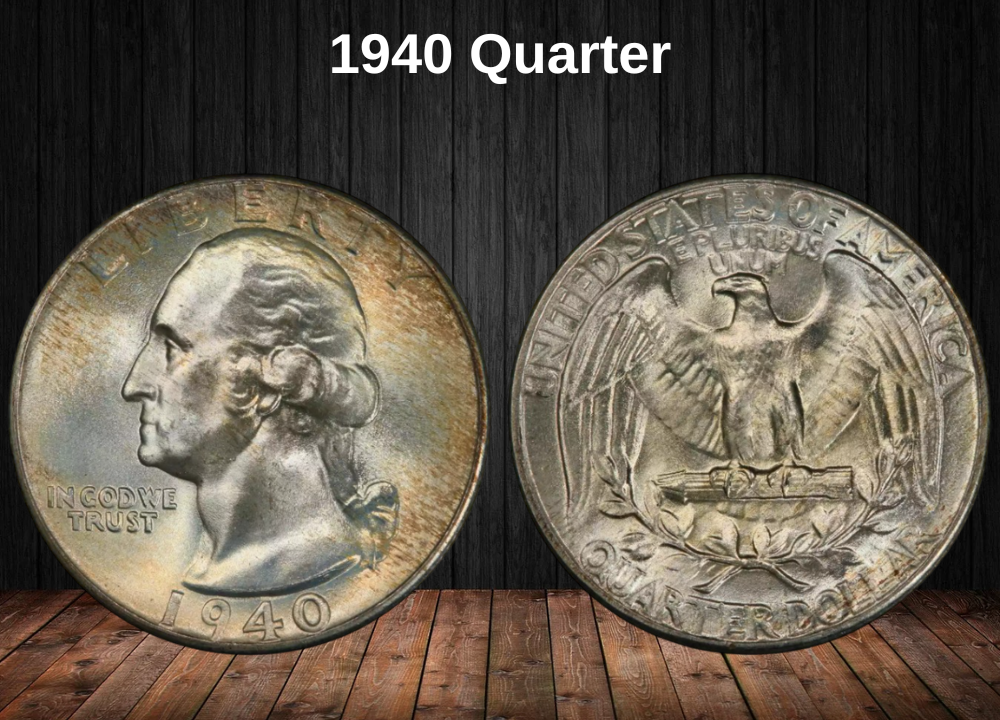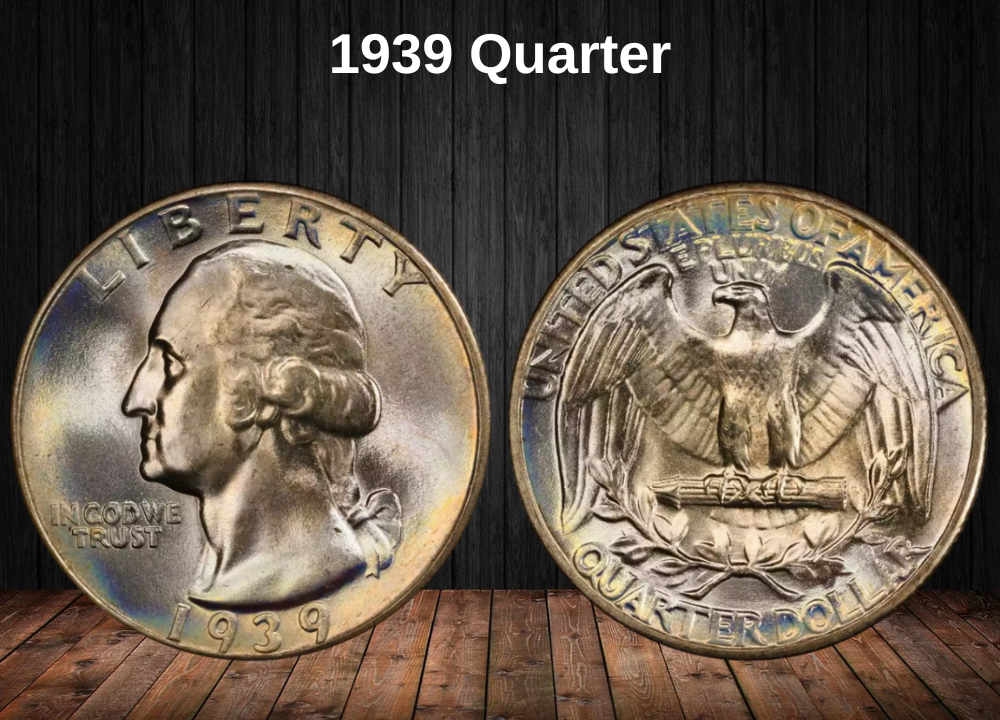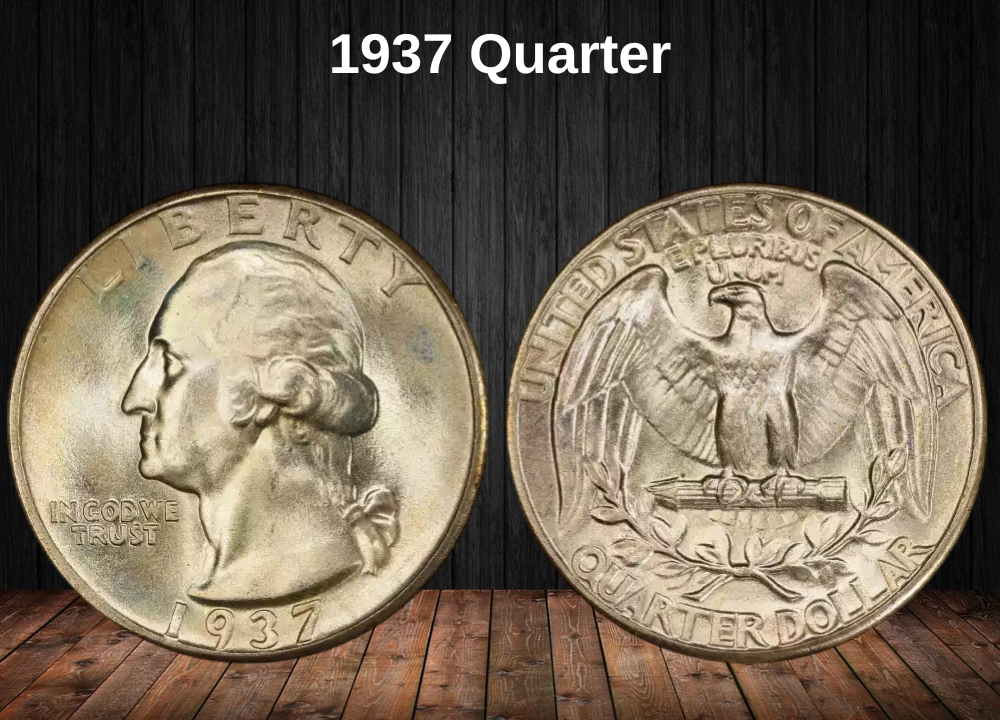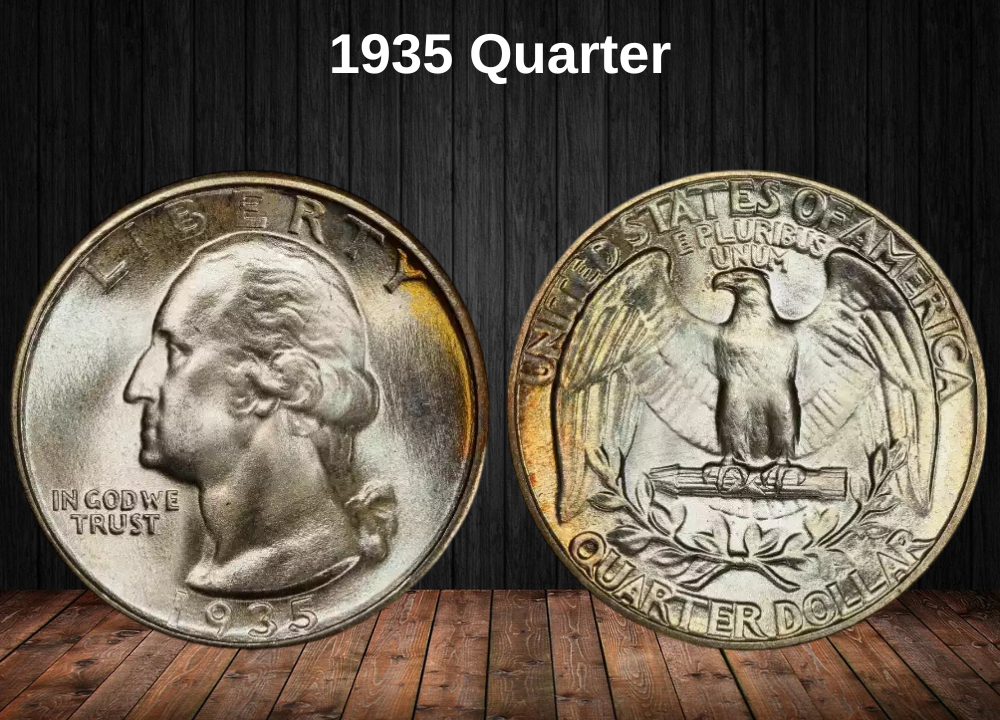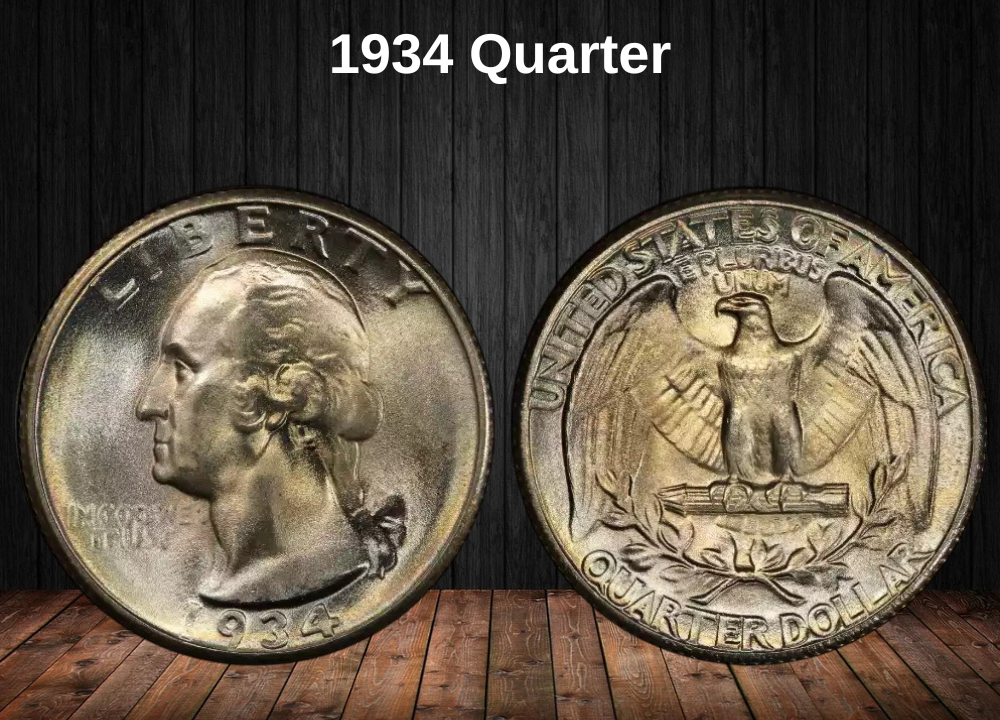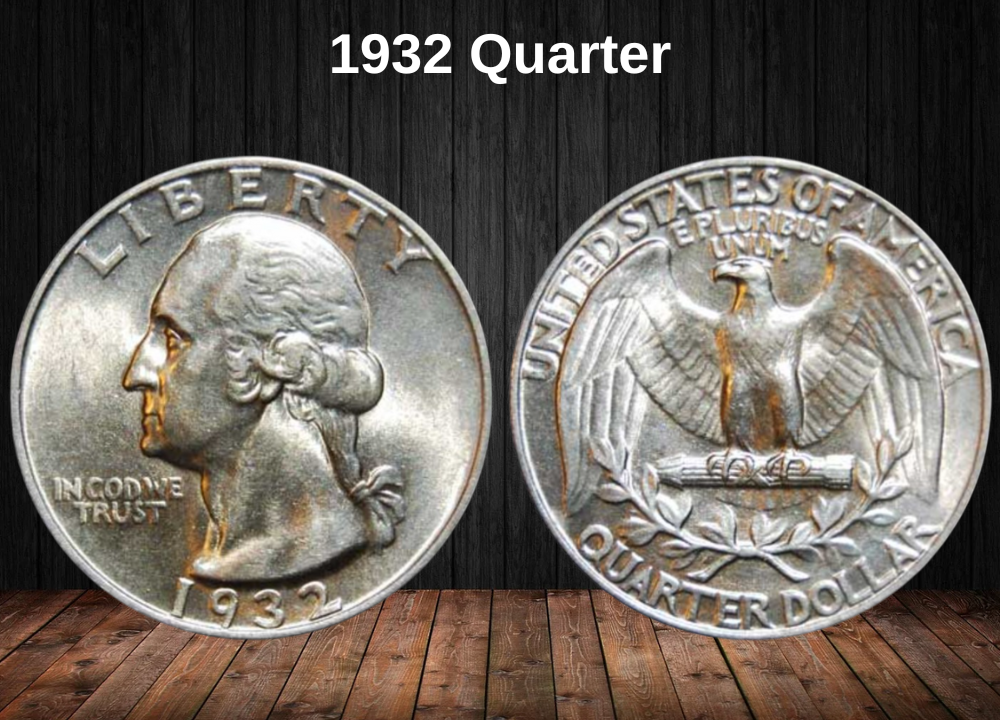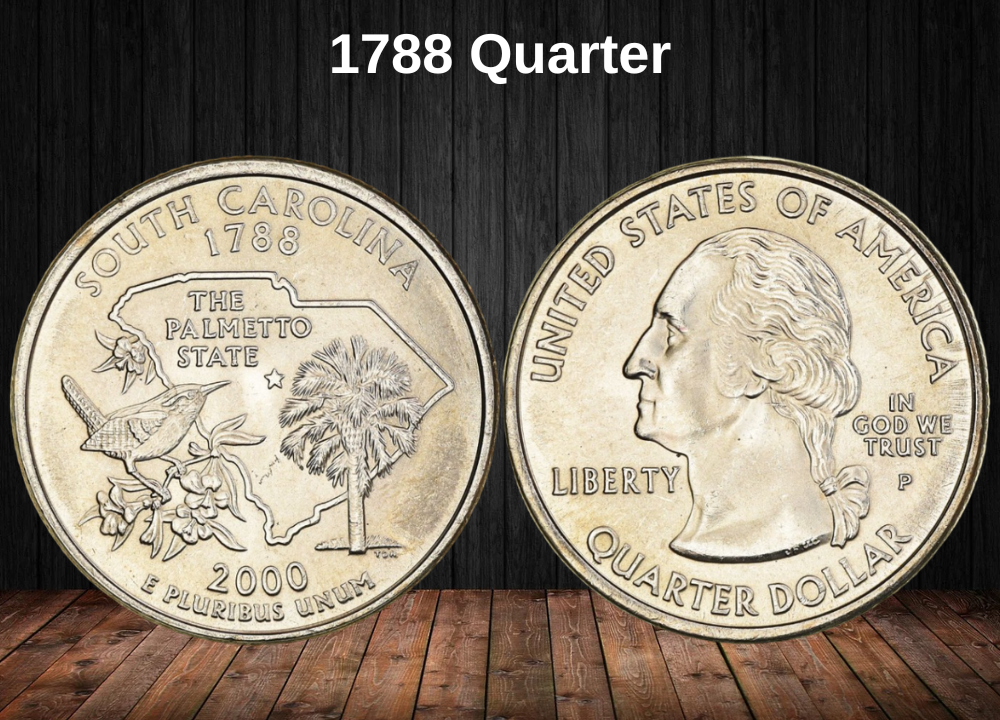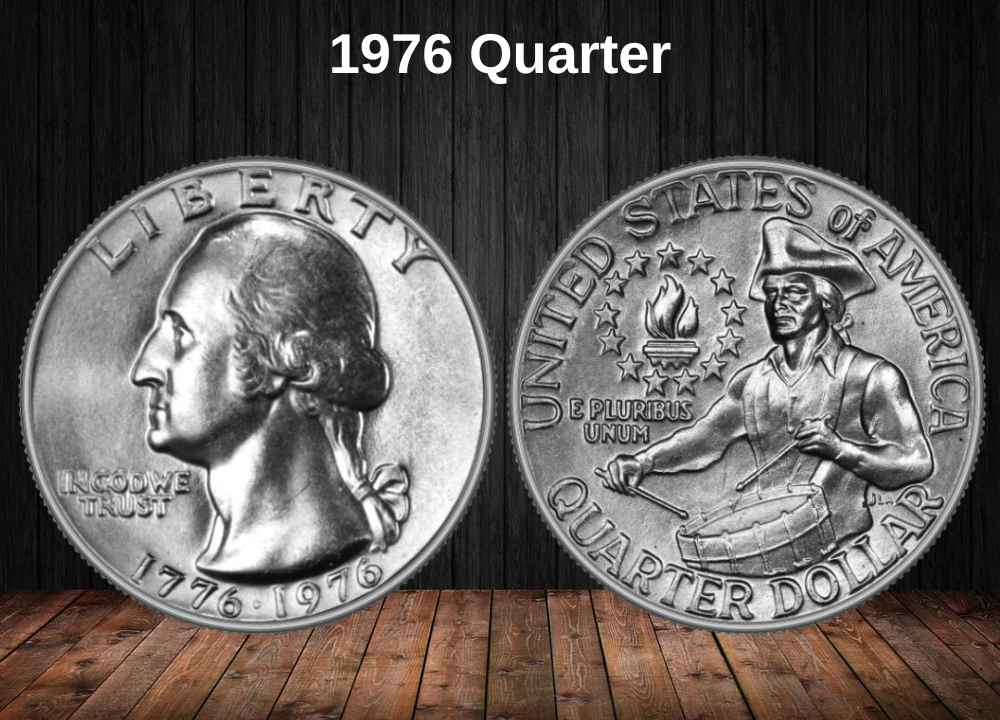The year 1965 marked a turning point in American coinage history. Rising silver prices forced the U.S. Mint to abandon 90% silver composition for quarters, replacing it with the new copper-nickel clad alloy still used today.
This change made the 1965 quarter the first clad Washington quarter, symbolizing the official end of circulating silver coinage in the U.S. For collectors, it represents both an affordable entry point and a piece of numismatic history.
Regular 1965 quarters are plentiful and usually trade for face value in circulated grades, but Mint State examples average around $12.50. The real interest lies in the Special Mint Set (SMS) issues, produced as experimental replacements for proofs when the Mint suspended traditional proof sets. These coins—especially with Cameo (CAM) and Deep Cameo (DCAM) finishes—command significant premiums due to their rarity and striking quality.
1965 Quarter Value by Variety
While most 1965 quarters carry little more than face value, SMS varieties reveal the collectible potential of this transitional year.
1965 Quarter Value Chart
| Type | Good (G4) | Fine (F12) | About Uncirculated (AU50) | Mint State (MS60–MS63) | Proof (PR65) |
|---|---|---|---|---|---|
| 1965 No Mint Mark (Philadelphia) | $0.25 | $0.29 | $0.67 | $12.50 | — |
| 1965 SMS SP | — | $1.00 | $1.00 | $12.57 | — |
| 1965 SMS CAM | — | — | — | $86.71 | — |
| 1965 SMS DCAM | — | — | — | $310.67 | — |
History of the 1965 Quarter
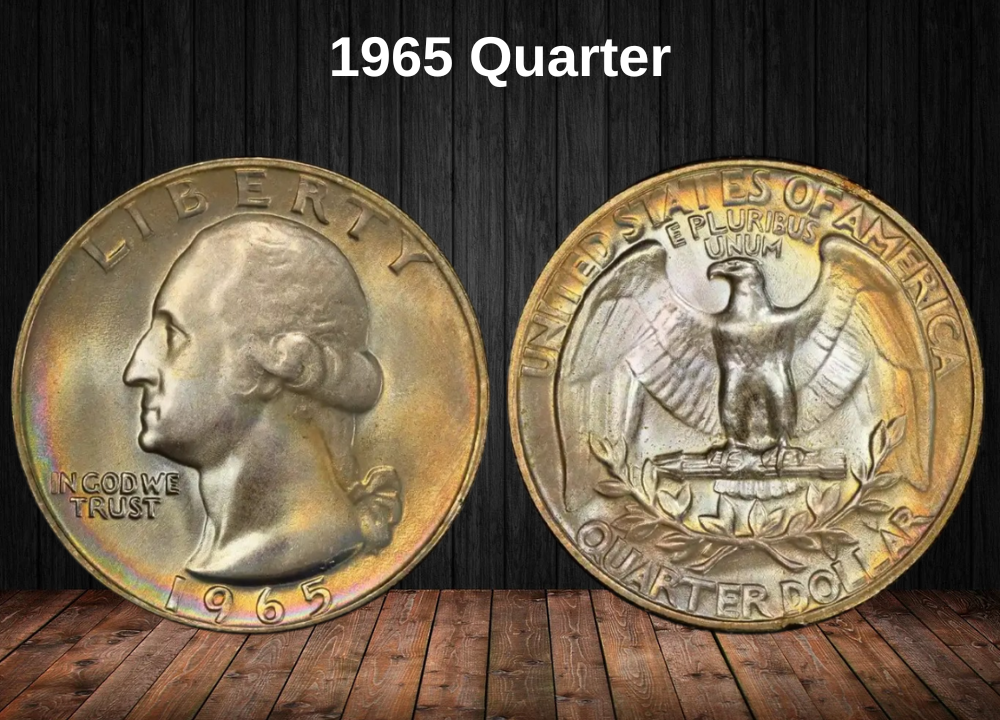
The 1965 Washington quarter belongs to the long-running series first issued in 1932 to celebrate the bicentennial of George Washington’s birth. For more than three decades, these quarters were struck in 90% silver, but 1965 marked a dramatic turning point in U.S. coinage history.
By the mid-1960s, the rising price of silver created a crisis. The metal content of each coin was becoming more valuable than its face value, leading the public to hoard silver quarters and dimes. To buy time, the Mint continued striking coins dated 1964 well into 1965, but this only encouraged more hoarding as people pulled silver coins out of circulation.
The solution came in June 1965, when President Lyndon B. Johnson officially ended silver content in dimes and quarters. From that point forward, these coins were made with a copper core clad in copper-nickel, the same composition used today.
This compositional change required subtle design modifications. The harder copper-nickel alloy needed a lower relief strike, so details like Washington’s portrait and the eagle on the reverse were slightly adjusted to ensure durability and clarity.
All 1965 quarters were minted in Philadelphia and intentionally struck without mint marks. It wasn’t until 1968 that Denver (“D”) and San Francisco (“S”) mint marks returned to quarters.
The 1965 issue thus represents the first clad Washington quarter and the symbolic end of the silver era in American circulation coinage.
Key Features of the 1965 Quarter
The Washington quarter series replaced the Standing Liberty design in 1932. Interestingly, no quarters were struck in 1930 or 1933, which makes the start of the Washington design especially notable. Until 1964, all quarters were made of 90% silver, but 1965 marked a historic shift—the first year the quarter was struck in copper-nickel clad composition instead of silver.
Obverse of the 1965 Quarter
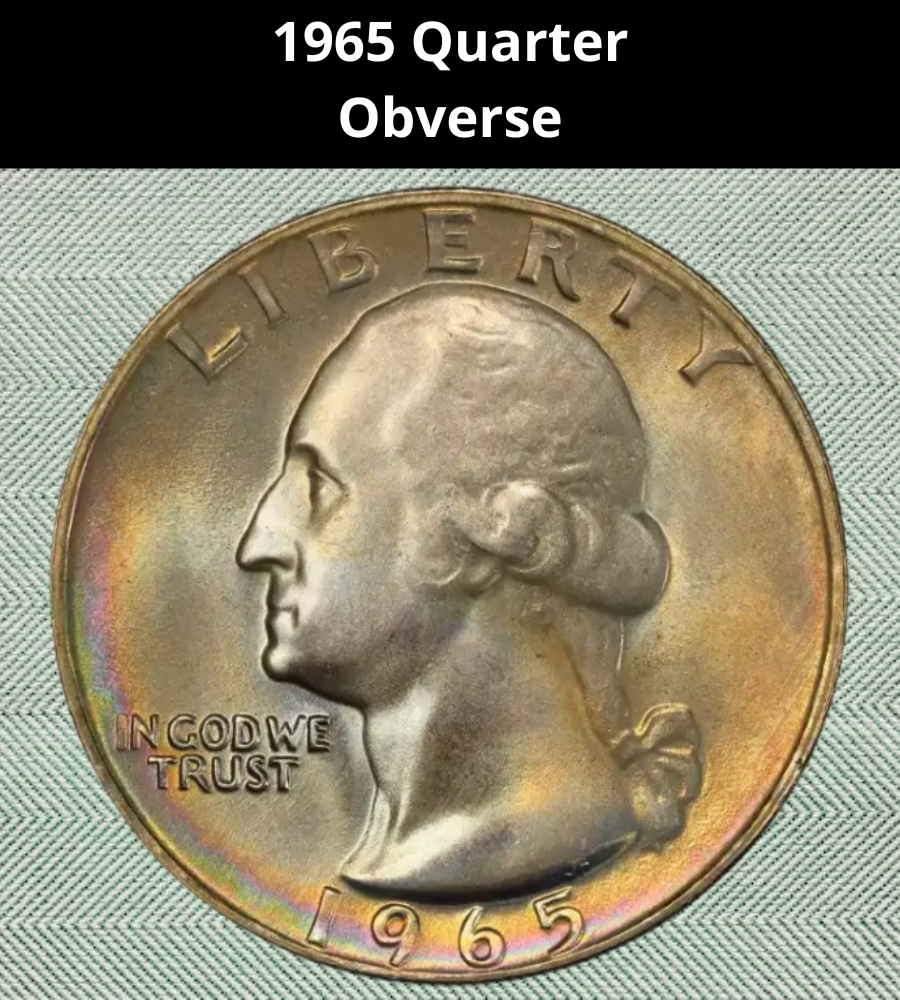
The obverse carries the familiar portrait of George Washington designed by sculptor John Flanagan. The choice of Flanagan’s design over Laura Gardin Fraser’s proposal remains one of the most debated decisions in U.S. coinage history, but both were inspired by the Jean-Antoine Houdon bust of Washington.
Key elements include:
- LIBERTY at the top rim
- IN GOD WE TRUST to the left of Washington’s chin
- 1965 date at the bottom
- No mint marks (all 1965 quarters were struck without them)
Reverse of the 1965 Quarter
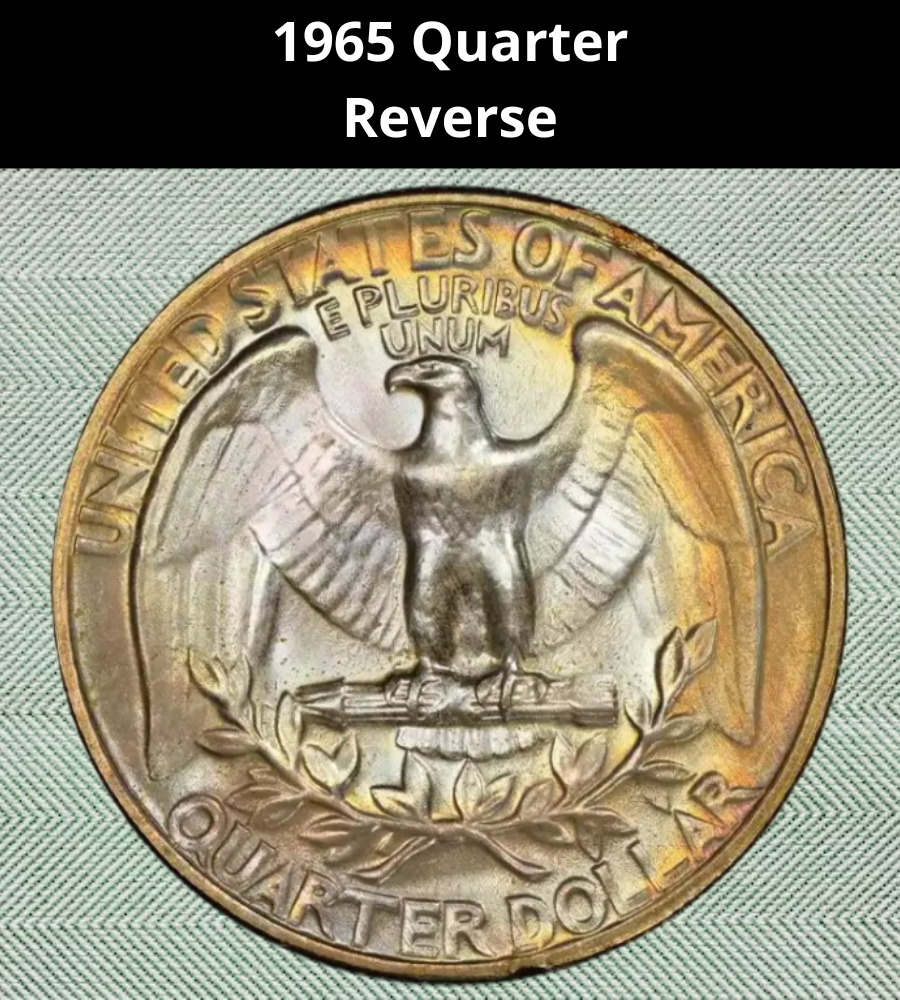
The reverse, also by Flanagan, depicts an American bald eagle perched on a bundle of arrows, its wings spread wide in a commanding pose. Two olive branches curl beneath the eagle, symbolizing peace, while the arrows represent strength and readiness.
- UNITED STATES OF AMERICA arcs across the top
- The motto E PLURIBUS UNUM sits just above the eagle’s head
- QUARTER DOLLAR is curved along the bottom rim
When the Washington quarter debuted in 1932, there was even debate about the eagle’s species. A New York Times article settled the matter with an ornithologist’s confirmation: it was indeed a bald eagle, the nation’s iconic bird.
Other Features of the 1965 Quarter
The 1965 quarter introduced not only a new metal composition but also a few subtle changes to accommodate the harder clad alloy.
- Composition: Copper core with copper-nickel clad
- Weight: 5.67 g
- Diameter: 24.3 mm (0.96 in)
- Thickness: 1.75 mm (0.069 in)
- Edge: 119 reeds
Another key distinction is that mint marks were temporarily removed from 1965 through 1967. This was done deliberately to discourage hoarding during a national coin shortage, as collectors were stockpiling coins by date and mint location.
1965 Quarter Grading
Proper grading of the 1965 Washington quarter is essential for determining its true value. The difference between a worn circulation strike and a high-grade Mint State (MS) or Special Mint Set (SMS) specimen with Cameo or Deep Cameo contrast can mean a jump from pennies to hundreds of dollars.
1965 Quarter – Grading Guide
| Grade / Range | Description | Value Impact |
|---|---|---|
| Good (G4 – VG8) | Heavily circulated; flat details; legends still visible. | Worth only face value (25¢). |
| Fine (F12 – VF20) | Moderate wear; LIBERTY and eagle details clearer. | Still face value, no premium. |
| About Uncirculated (AU50 – AU58) | Light friction on cheek and eagle’s breast; partial luster remains. | Slight premium above face value. |
| Mint State (MS60 – MS63) | No wear, though contact marks may be visible; some cartwheel luster. | $10 – $15, entry-level collectible. |
| Choice/Gem Mint State (MS64 – MS66) | Strong luster, sharp strike, minimal marks. | $30 – $50; scarce in higher grades. |
| SMS SP (Special Strike) | Experimental finish; satin-like surfaces, sharper than circulation strikes. | $12 – $20 in basic grades. |
| SMS CAM (SP Cameo) | Frosted devices with mirrored fields, creating contrast. | $80 – $300 depending on grade. |
| SMS DCAM (SP Deep Cameo) | Bold black-and-white contrast; frosted devices stand out dramatically. | $300 – $700+, the top tier for 1965. |
1965 Quarter Value Guides
1965 No Mint Mark Quarter Value
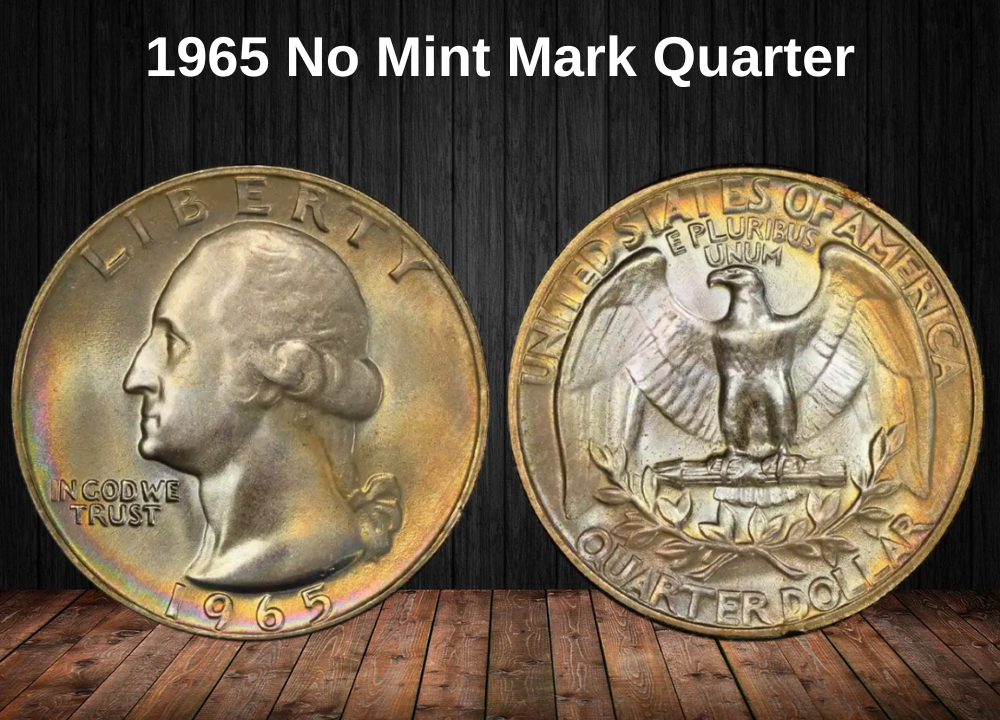
The 1965 No Mint Mark Quarter holds a pivotal spot in American numismatics as the very first Washington quarter struck without silver content. Unlike earlier issues, which contained 90% silver, these quarters were composed of copper-nickel clad as part of the Coinage Act of 1965.
Every 1965 quarter was struck in Philadelphia, and none carry mint marks. With a mintage of over 1.8 billion pieces, they were produced in massive quantities to address a nationwide coin shortage. As a result, circulated examples remain extremely common and typically trade for only face value.
What makes this issue interesting to collectors is not rarity in numbers but rather condition and strike type. While regular circulation strikes carry no premium below Mint State, high-grade Mint State pieces and Special Mint Set (SMS) examples with cameo or deep cameo contrast can command substantial premiums, with the finest SMS DCAM specimens reaching hundreds of dollars.
1965 No Mint Mark Quarter Price/Grade Chart
(Price by 1-70 Grade — Latest Auction Records Included)
| Grade | Value |
|---|---|
| Good (G4) | $0.25 |
| Fine (F12) | $0.29 |
| About Uncirculated (AU50) | $0.67 |
| Mint State (MS60) | $10 – $12 |
| Mint State (MS65) | $12 – $15 |
| SMS SP | $12 – $20 |
| SMS CAM | $80 – $300 |
| SMS DCAM | $300 – $700+ |
1965 SMS SP Quarter Value
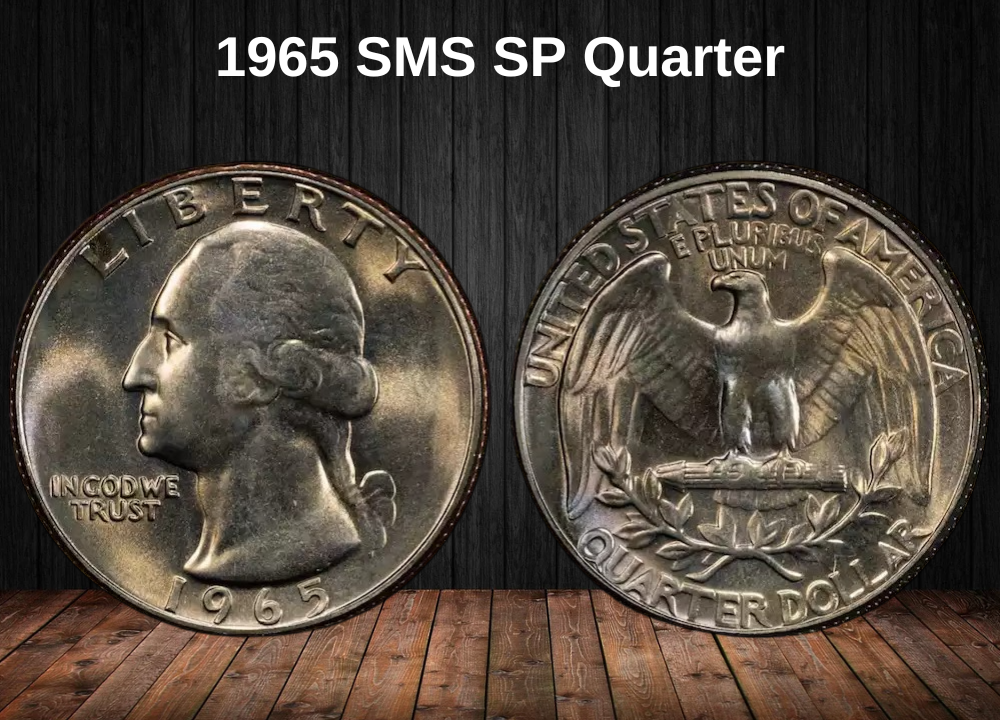
The 1965 SMS SP Quarter marks a landmark in U.S. coinage history, struck during the turbulent transition when silver was eliminated from circulating quarters and regular proof production was suspended.
Instead of issuing proof sets in 1965, the Mint introduced Special Mint Sets (SMS) to provide collectors with high-quality examples. These coins were struck using specially prepared dies with extra pressure and polished planchets, producing sharper details and smoother surfaces than regular circulation strikes.
What makes the SMS SP quarter unique is its distinct satin-like finish—a texture that places it between business strikes and full proofs. While they lack the frosted contrast of Cameo and Deep Cameo examples, SP coins are historically significant as experimental strikes, documenting the Mint’s adaptation to a new era of clad coinage.
1965 SMS SP Quarter Price/Grade Chart
(Price by 1-70 Grade — Latest Auction Records Included)
| Grade | Value |
|---|---|
| SP60 | $8 – $12 |
| SP63 | $12 – $15 |
| SP65 | $18 – $25 |
| SP67 | $30 – $50 |
| SP68 | $60 – $85+ |
1965 SMS CAM Quarter Value
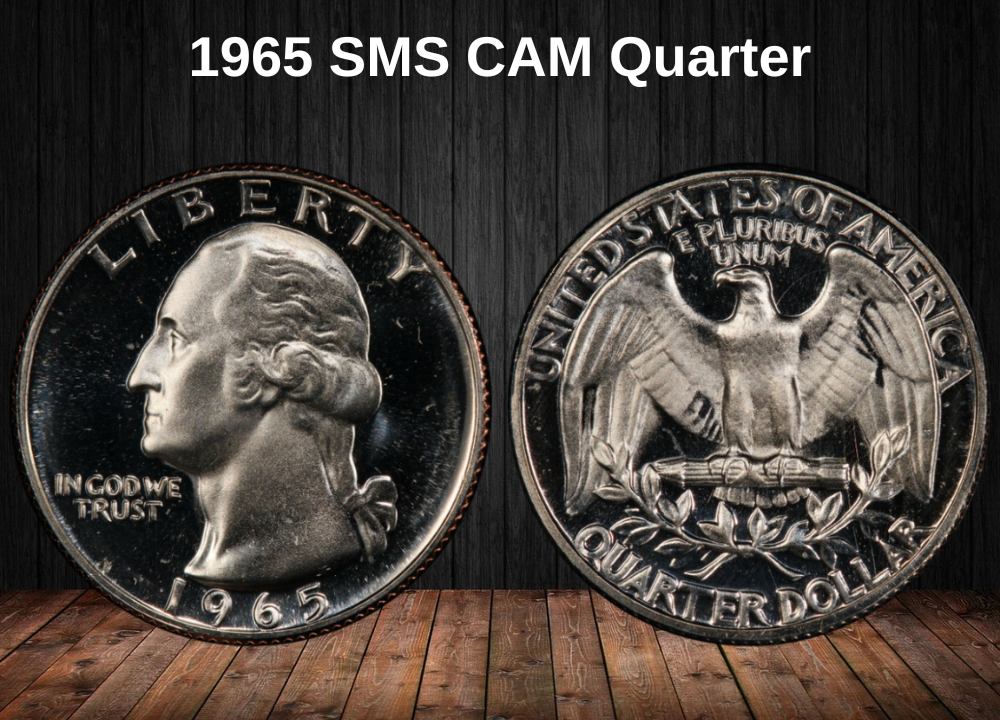
The 1965 SMS CAM Quarter represents a premium variety within the Special Mint Set series, showcasing the striking cameo contrast between frosted design elements and brilliant, reflective fields.
These quarters were struck from specially prepared dies that initially produced a strong cameo effect, making Washington’s profile and the eagle on the reverse appear as if they were lightly dusted in frost, standing out dramatically against the mirrored backgrounds.
What makes the SMS CAM particularly significant is its transitional status—positioned between the satin-finished SMS SP coins and the highly coveted Deep Cameo (DCAM) examples. In a year when traditional proofs were not produced, the SMS CAM provided collectors with a proof-like alternative that combined technical precision with visual appeal.
The cameo effect elevates these coins far above standard SMS issues, creating pieces that are prized not only for their beauty but also for their role in documenting the U.S. Mint’s experimental approach during the mid-1960s.
1965 SMS CAM Quarter Price/Grade Chart
(Price by 1-70 Grade — Latest Auction Records Included)
| Grade | Value |
|---|---|
| SP60 | $40 – $55 |
| SP63 | $60 – $85 |
| SP65 | $120 – $160 |
| SP67 | $200 – $280 |
| SP68 | $300 – $400+ |
1965 SMS DCAM Quarter Value
The 1965 SMS DCAM Quarter is the pinnacle of the Special Mint Set series, displaying the boldest level of contrast achievable on these transitional strikes. With intensely frosted design elements set against jet-black mirrored fields, these coins create the iconic black-and-white “Deep Cameo” effect usually reserved for the very best proof issues.
What makes the SMS DCAM exceptionally desirable is its rarity. Only a small fraction of the 1965 Special Mint Set production achieved the deep cameo standard, since it required perfectly prepared dies, pristine planchets, and flawless striking conditions. Most SMS coins lack such contrast, making true DCAM-certified examples elusive.
These pieces represent the height of the Mint’s experimental work in 1965, essentially functioning as “substitute proofs” during the years when regular proof coinage was suspended. The combination of technical mastery, historical context, and extreme scarcity has made the SMS DCAM the most sought-after and valuable variety of all 1965 quarters.
1965 SMS DCAM Quarter Price/Grade Chart
(Price by 1-70 Grade — Latest Auction Records Included)
| Grade | Value |
|---|---|
| SP60 | $200 – $280 |
| SP63 | $300 – $400 |
| SP65 | $500 – $650 |
| SP67 | $700 – $900 |
| SP68 | $1,200 – $1,500+ |
Rare 1965 Quarter Error List
1. 1965 DDO (FS-101 and FS-102) Errors
The 1965 Doubled Die Obverse (DDO) varieties, cataloged as FS-101 and FS-102, stand out as two of the most dramatic and desirable errors in the Washington quarter series. These errors were created when the working die received more than one impression from the master hub, with slight misalignments producing clear doubling effects on the coin’s obverse.
- FS-101: Exhibits strong doubling on the date and the word “LIBERTY”, making it one of the most easily identifiable doubled die varieties of the mid-1960s.
- FS-102: Features doubling most visible in “IN GOD WE TRUST” and on details of Washington’s portrait, particularly in the profile areas.
Both varieties are extremely scarce, and high-grade specimens are especially prized by specialists. Clear examples with sharp doubling command impressive premiums, reflecting their combination of rarity, dramatic appearance, and historical significance.
1965 DDO Quarter Price/Grade Chart
(Price by 1-70 Grade — Latest Auction Records Included)
| Grade | Value |
|---|---|
| G4 (Good) | $75 – $100 |
| F12 (Fine) | $150 – $200 |
| AU50 (About Uncirculated) | $350 – $500 |
| MS63 | $750 – $1,000 |
| MS65 | $1,500 – $2,000+ |
2. 1965 DDR FS-801 Errors
The 1965 Doubled Die Reverse (DDR) FS-801 is one of the most striking error varieties of the clad Washington quarter era. This variety displays clear doubling on the reverse inscriptions, most notably in “UNITED STATES OF AMERICA” and **“QUARTER DOLLAR.”
The error occurred during die preparation, when the reverse die received multiple impressions from the hub at slightly different angles. This produced a distinctive spread that creates a “shadow-like” appearance in the lettering, most visible around the coin’s outer rim.
Unlike ordinary 1965 quarters, FS-801 examples are noticeably scarcer, making them a highly desirable discovery for error specialists and Washington quarter variety collectors. High-grade certified specimens are particularly valuable due to their rarity and dramatic doubling.
1965 DDR FS-801 Quarter Price/Grade Chart
(Price by 1-70 Grade — Latest Auction Records Included)
| Grade | Value |
|---|---|
| G4 (Good) | $50 – $75 |
| F12 (Fine) | $120 – $175 |
| AU50 (About Uncirculated) | $250 – $400 |
| MS63 | $600 – $850 |
| MS65 | $1,000 – $1,400+ |
Where to Sell Your Quarter Coin?
Now that you know the value of your quarter, the next step is deciding where to sell it. There are several trusted options—both online and in person—that can help you get the best price depending on your coin’s rarity and condition.
To see the full list of recommended places, along with their advantages and disadvantages, check our complete guide on where to sell your quarter coins.
FAQ about the 1965 Quarter
1) What is the composition of the 1965 quarter?
Unlike earlier quarters (1932–1964) that were 90% silver, the 1965 quarter was the first made of copper-nickel clad:
- Outer layers: 75% copper, 25% nickel
- Core: pure copper
- Weight: 5.67 g (lighter than the 6.25 g silver quarters)
2) Why is the 1965 quarter historically important?
It marks the end of circulating 90% silver quarters. Rising silver prices and hoarding in the early 1960s forced the U.S. Mint to switch to a clad copper-nickel alloy beginning in 1965.
3) Where was the 1965 quarter minted?
All 1965 quarters were struck in Philadelphia with no mintmark. (Denver and San Francisco didn’t issue mintmarked quarters this year.)
- Total mintage: 1,819,717,540 (over 1.8 billion pieces).
4) What is the value of a 1965 quarter?
- Circulated: Face value (25¢) unless an error or variety.
- High-grade MS-65: $10–20.
- MS-67: $300–500+.
- Exceptional MS-68 coins have sold for thousands at auction.
5) What are the major varieties and errors for 1965?
- 1965 silver transitional errors: Some 1965-dated quarters were struck on leftover 90% silver planchets (6.25 g). These are extremely rare and worth $5,000–10,000+ depending on grade.
- Double dies: DDOs and DDRs exist but are generally minor.
- Clad planchet errors: Off-centers, wrong planchets (e.g., dime stock), and struck-through errors are collectible.
6) How do I tell if my 1965 quarter is silver or clad?
- Weight test: Silver = 6.25 g, Clad = 5.67 g.
- Edge test: Silver quarters show a solid silver-colored edge; clad quarters show a visible copper core in the reeded edge.
- Sound test: Silver has a high-pitched “ring,” while clad sounds dull.
7) Are proof 1965 quarters available?
No regular proof sets were struck in 1965–1967. Instead, the Mint issued Special Mint Sets (SMS) with higher-quality strikes. These SMS coins often show strong strikes and satiny surfaces; Cameo examples are scarcer and command premiums.
8) Why do collectors value the 1965 quarter?
- It’s the first clad quarter, a major U.S. coinage change.
- Transitional silver errors are legendary rarities.
- SMS issues with Cameo contrast are challenging.
- High-grade registry-quality coins are difficult despite the massive mintage.

